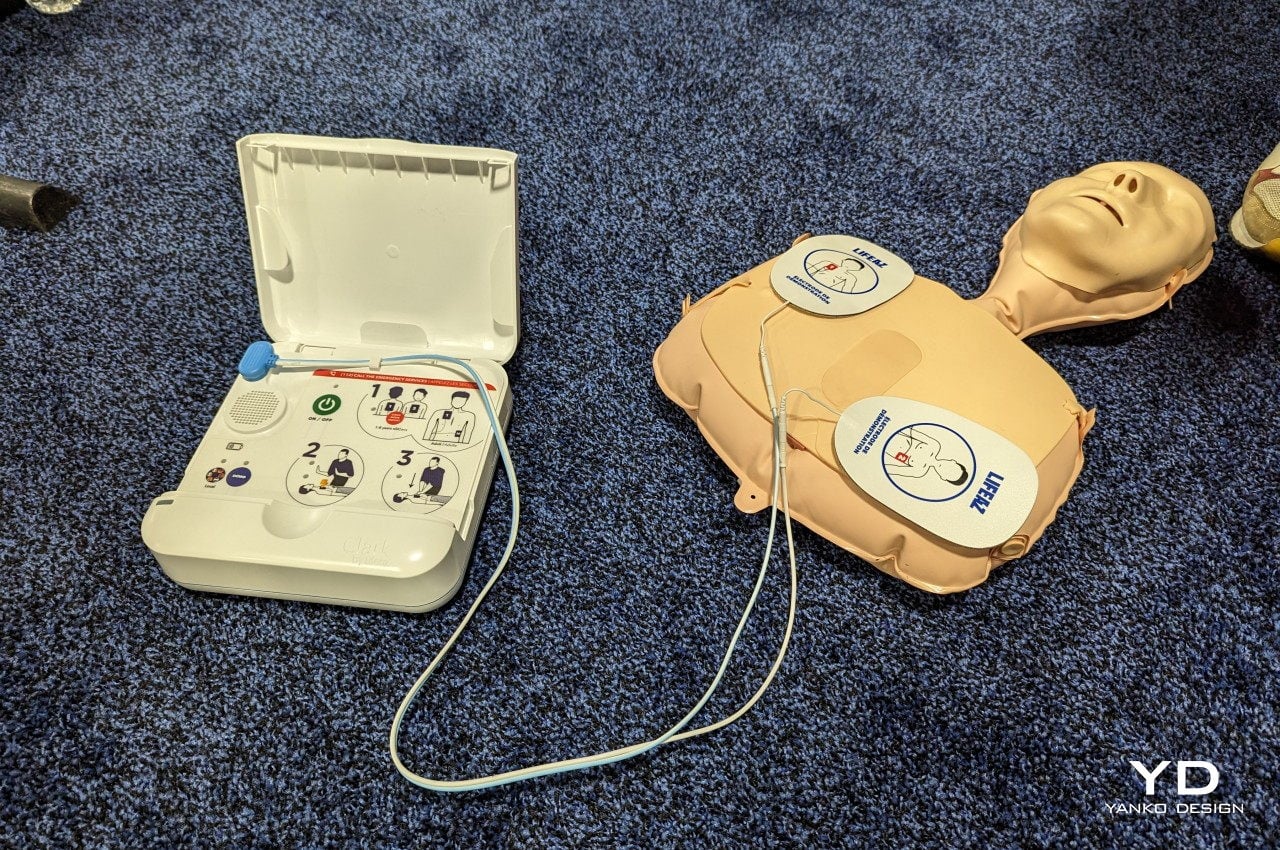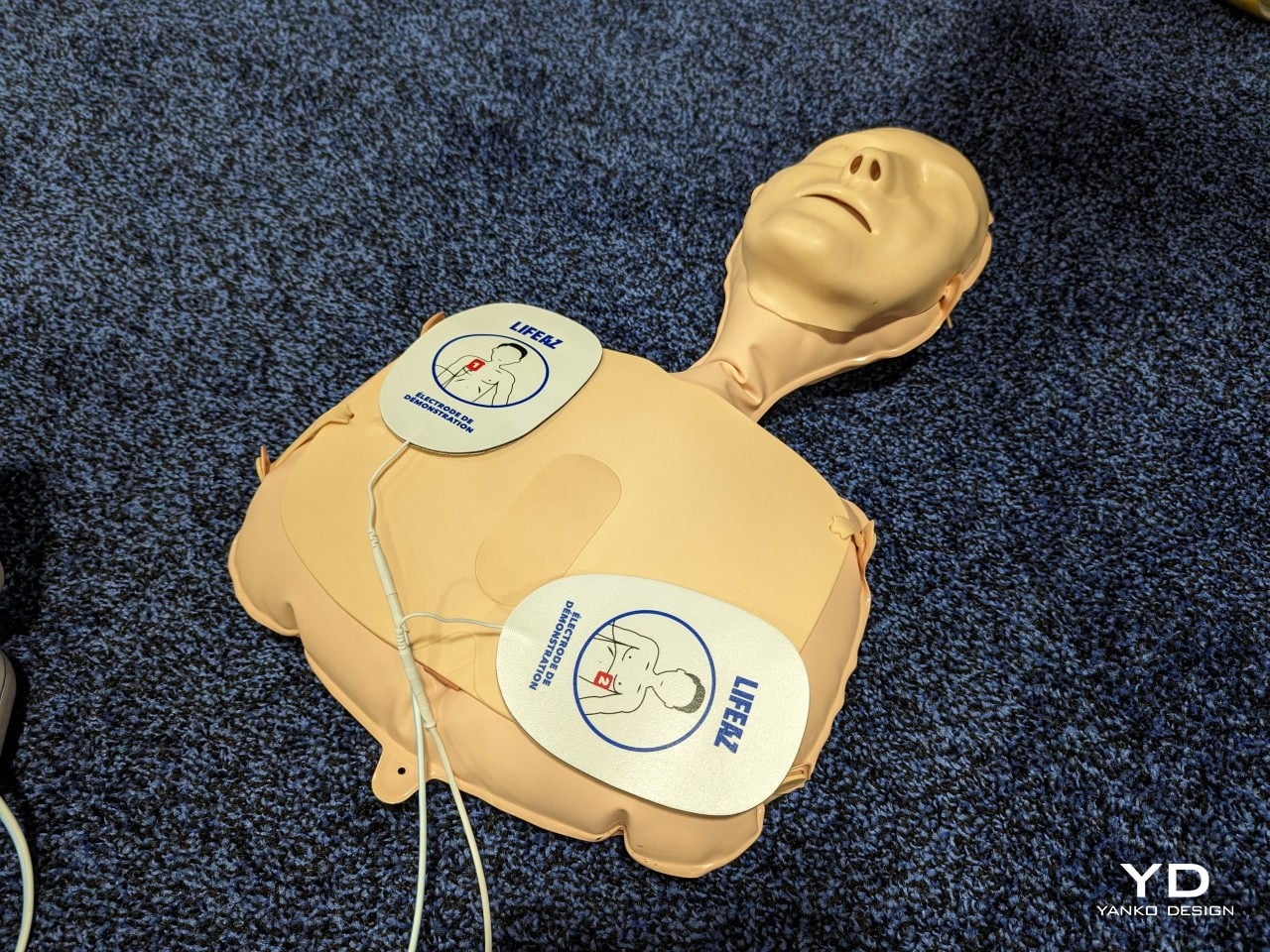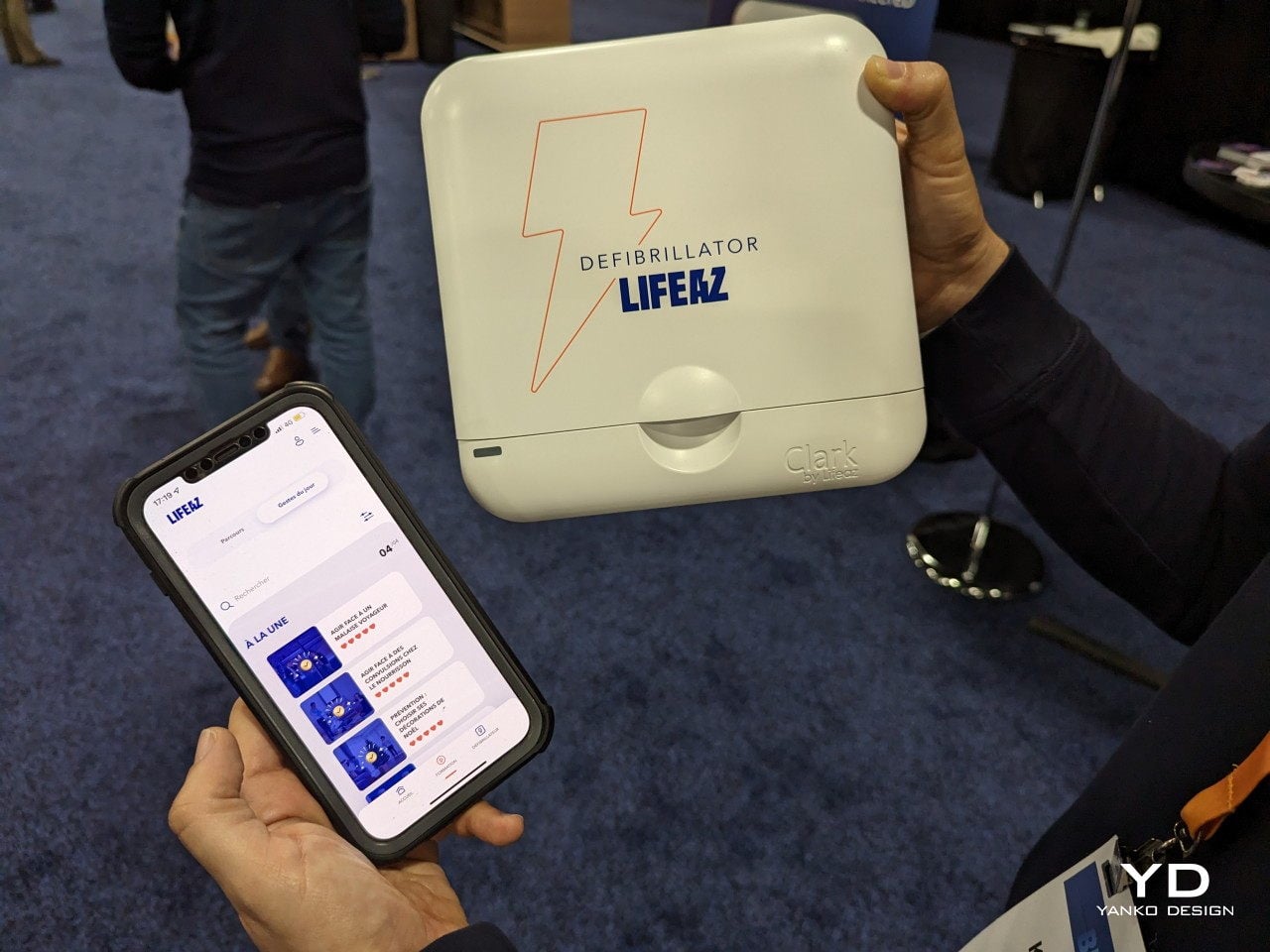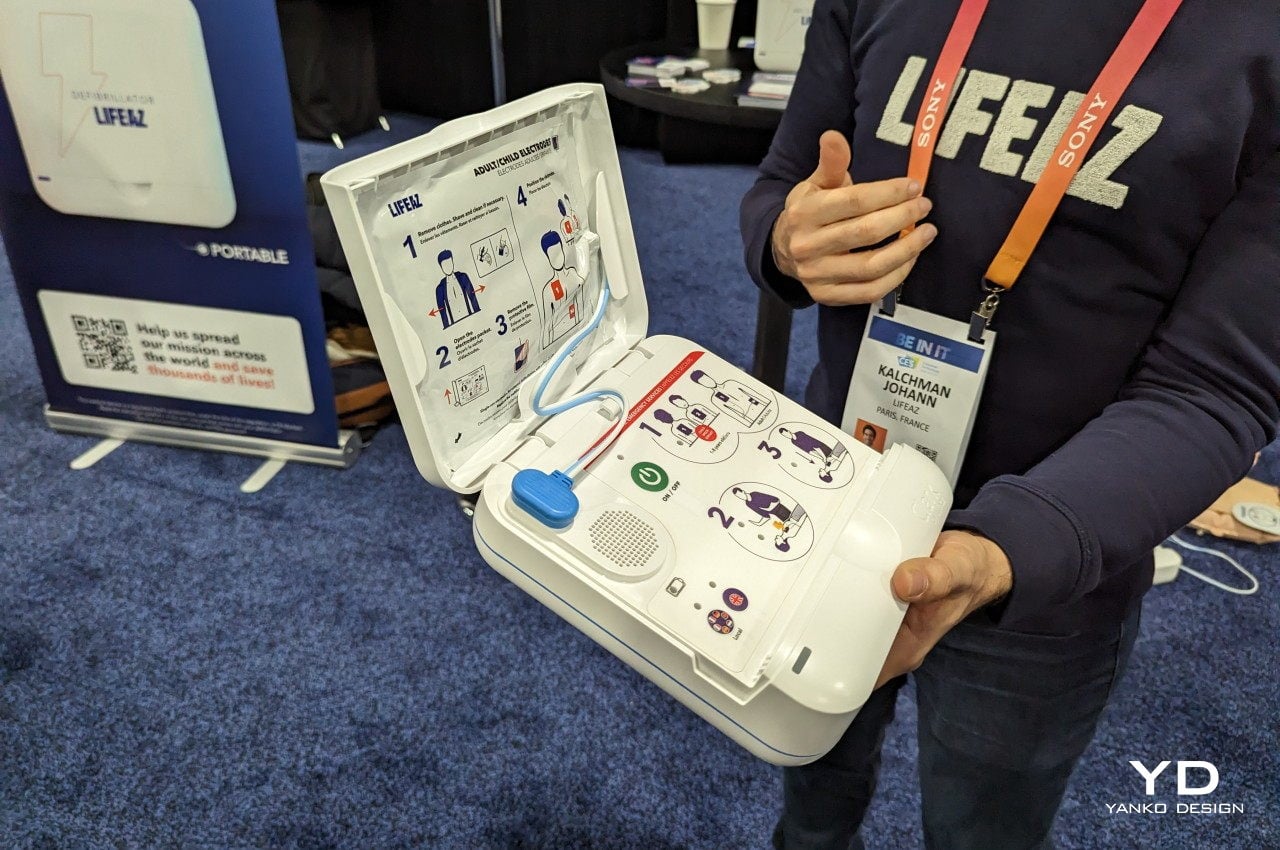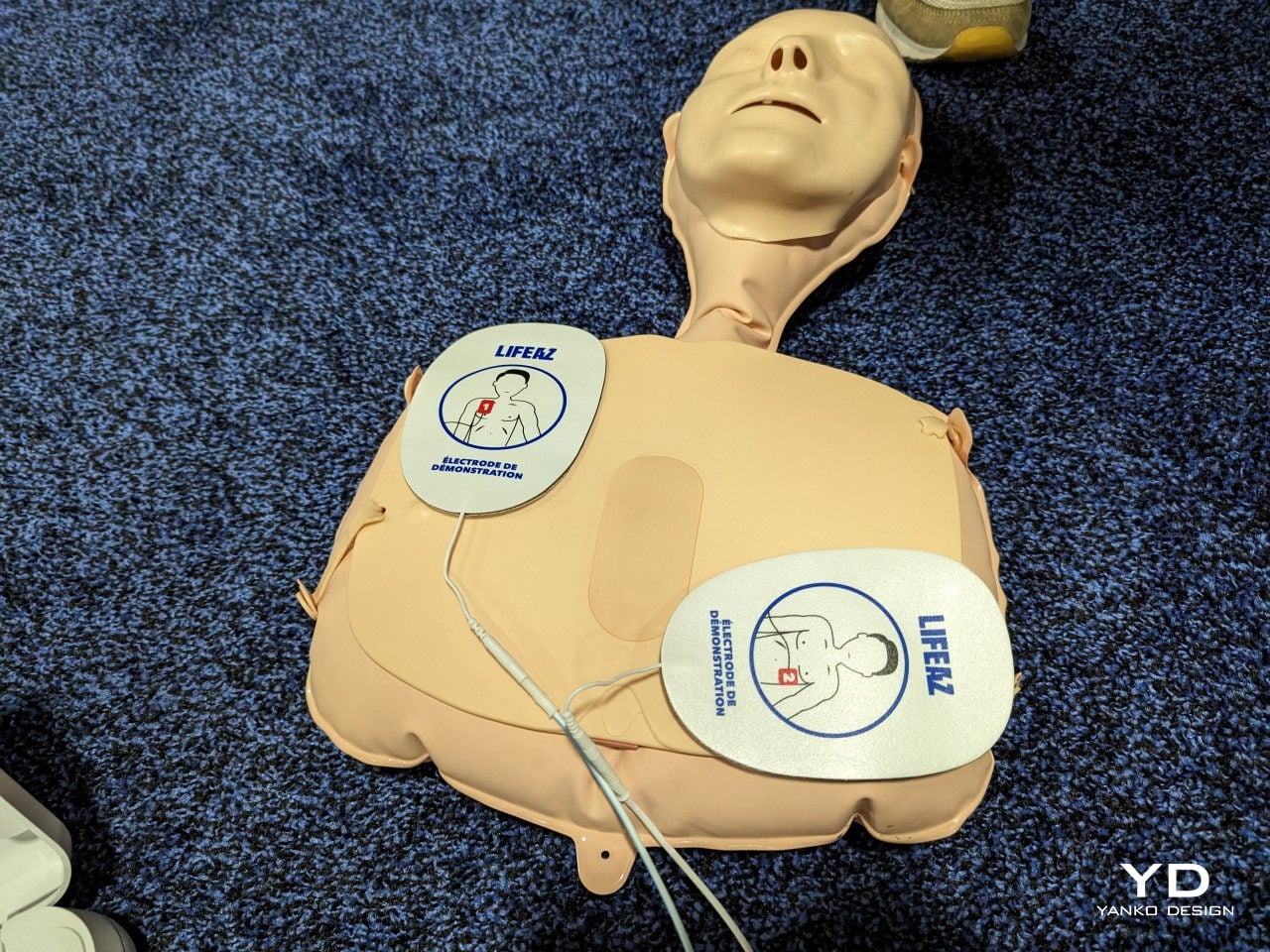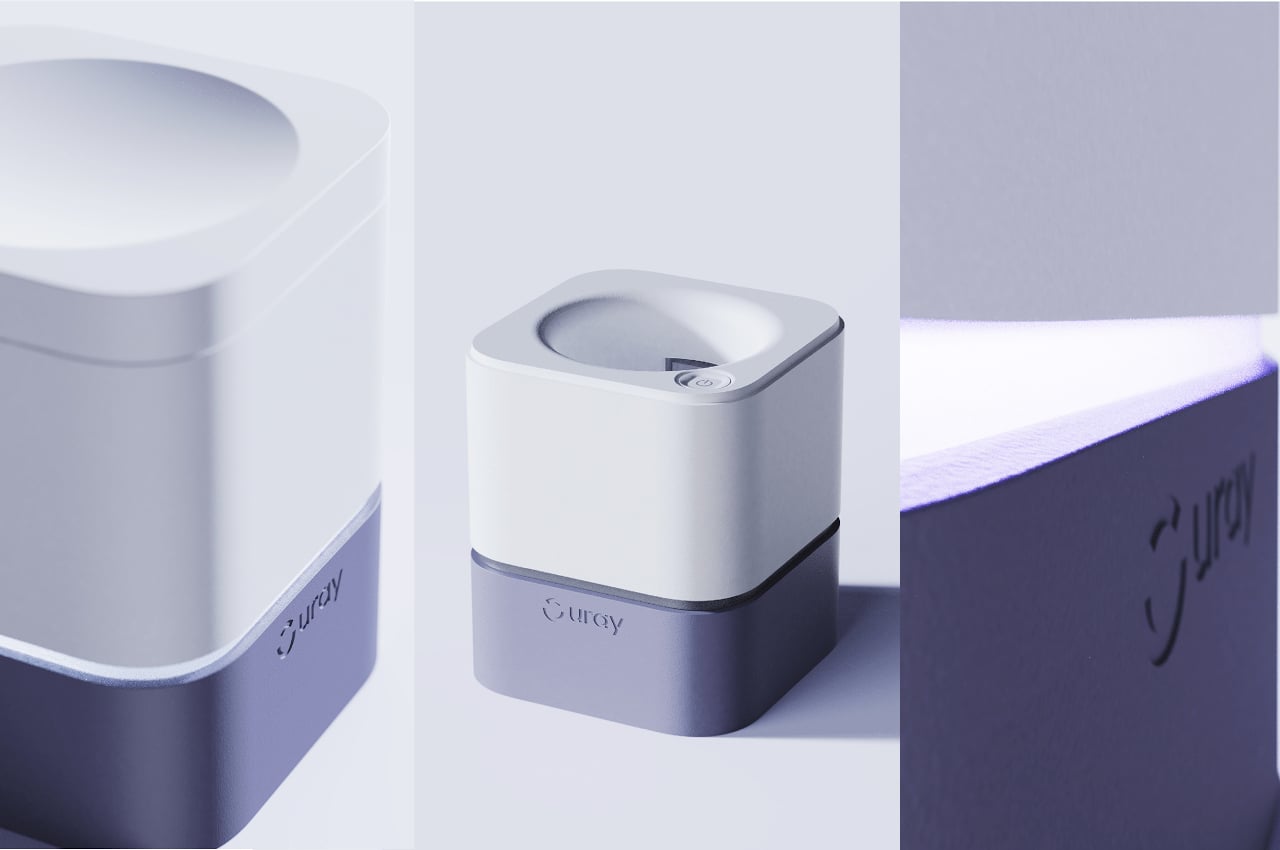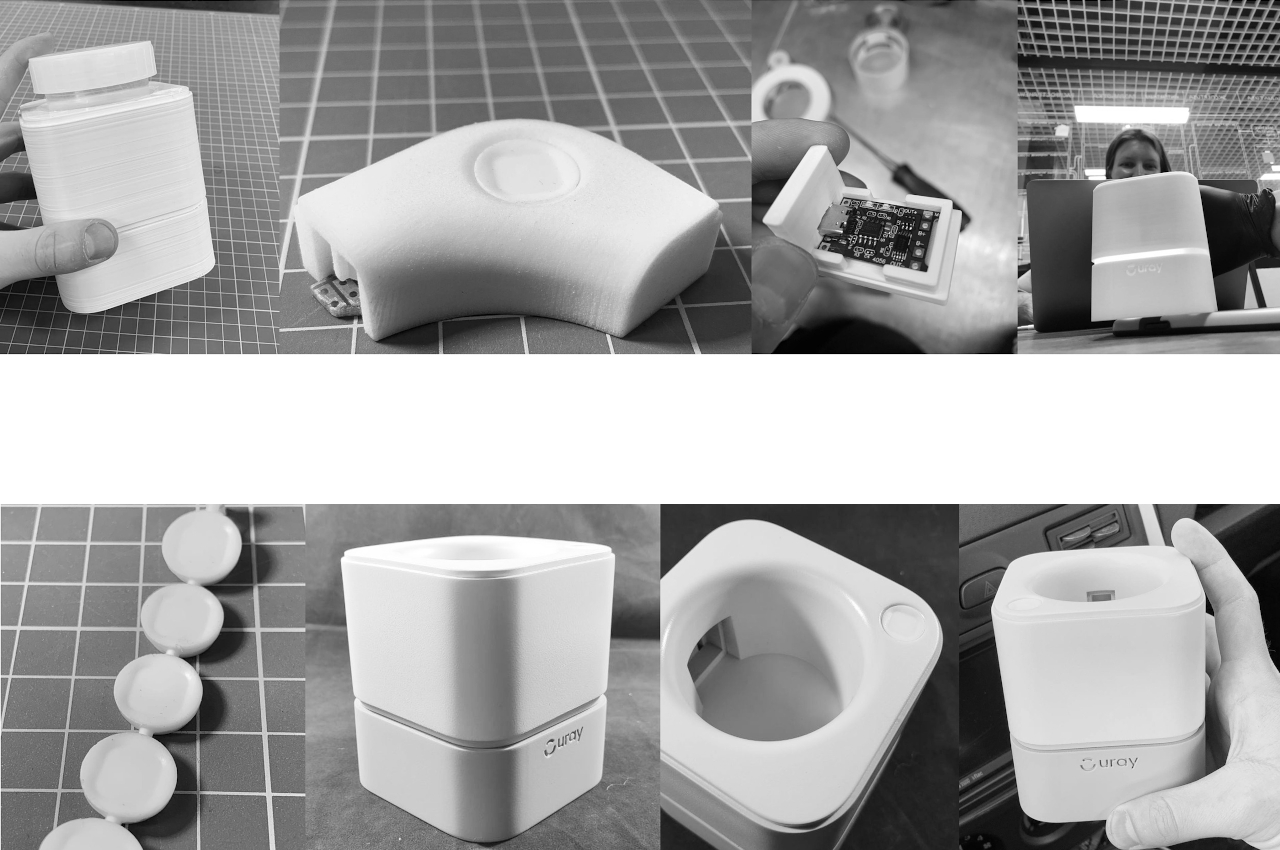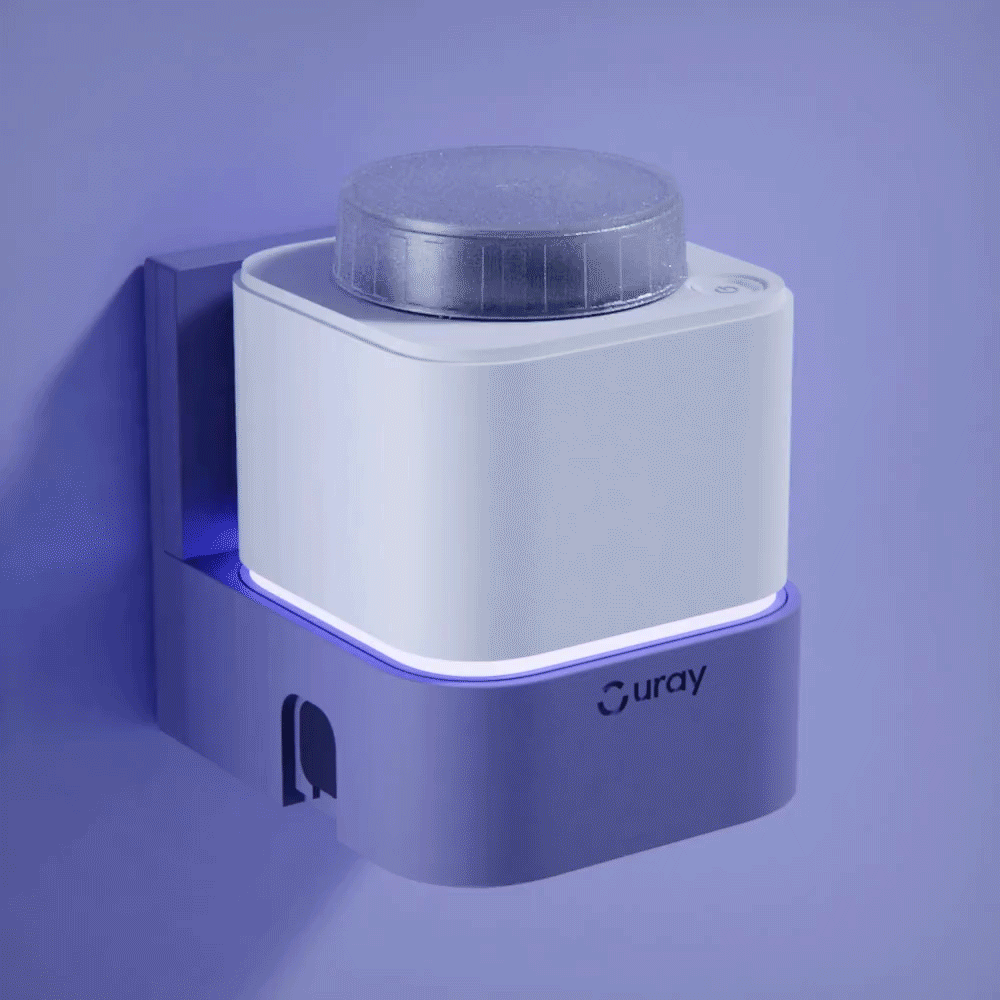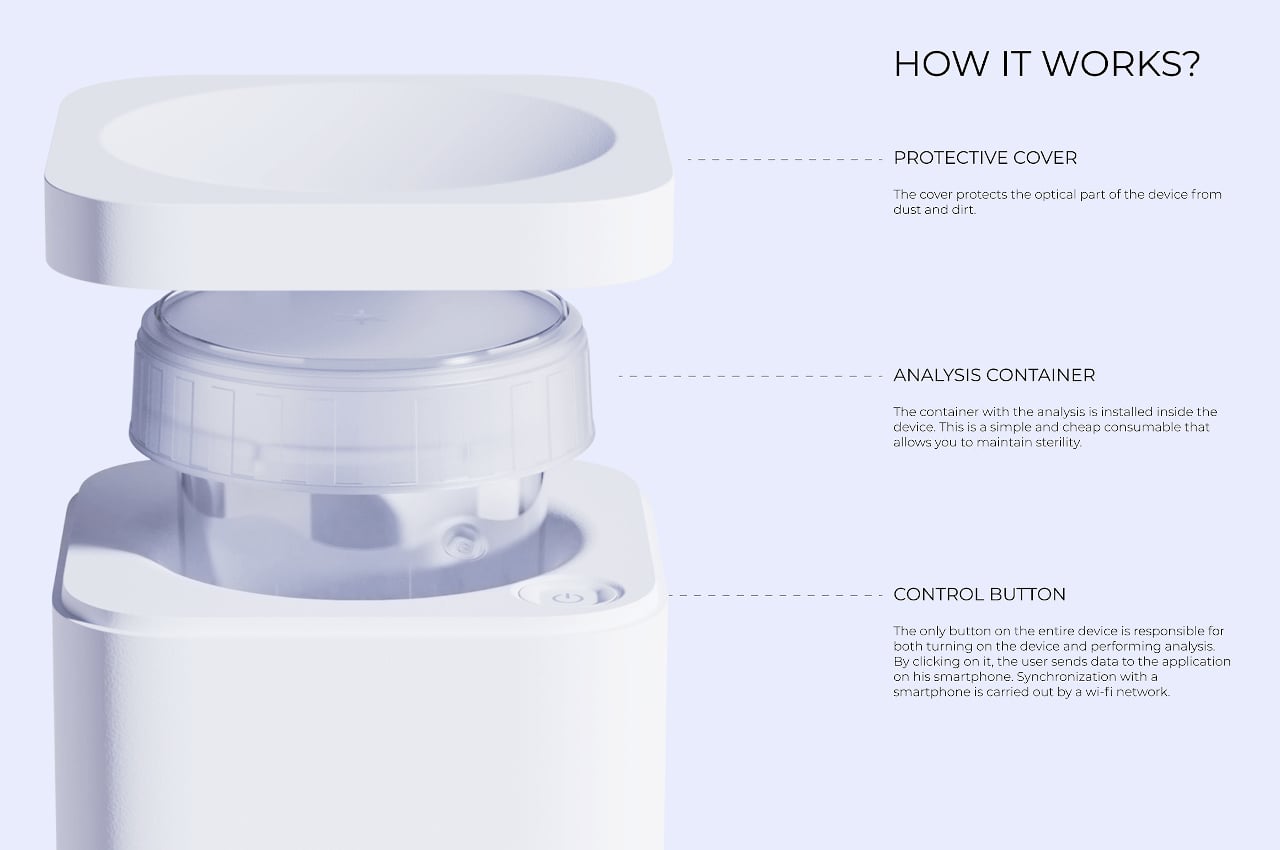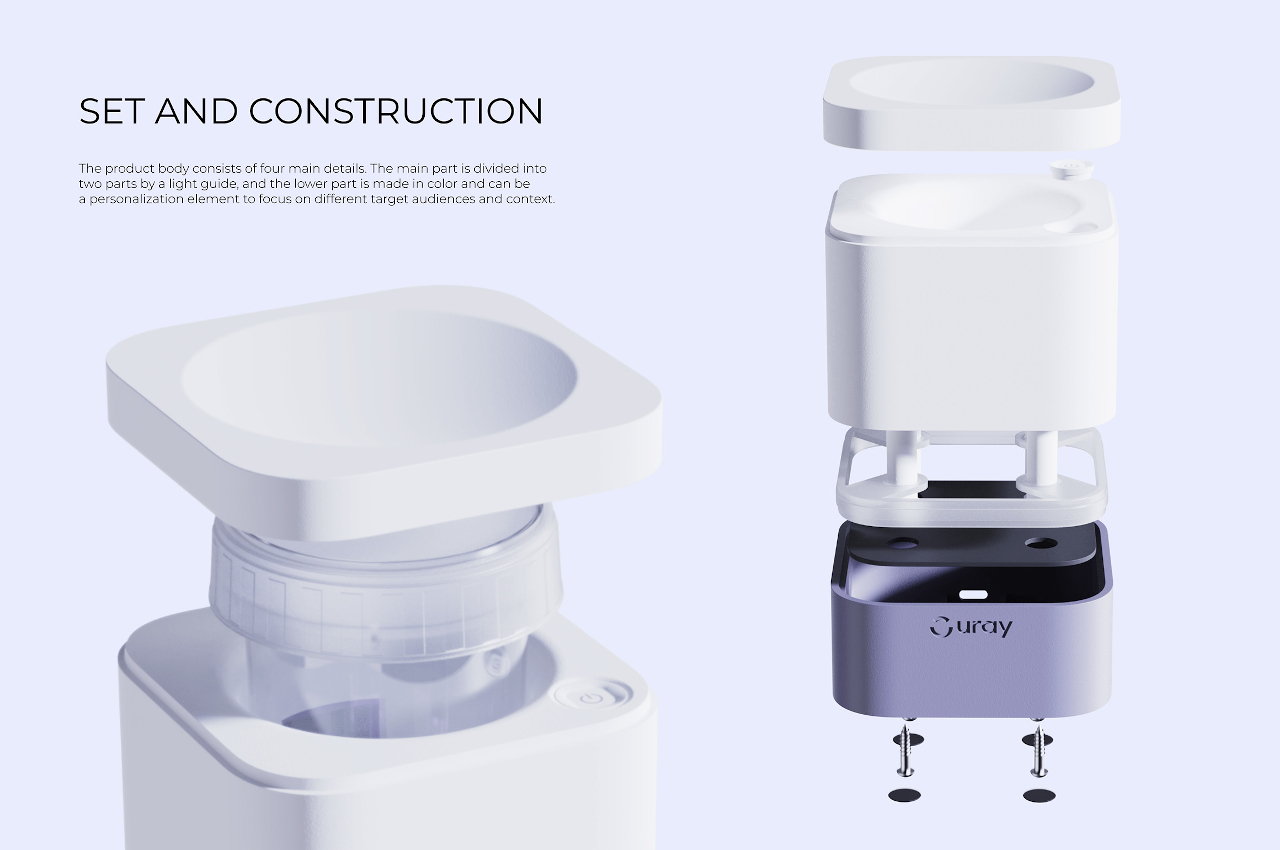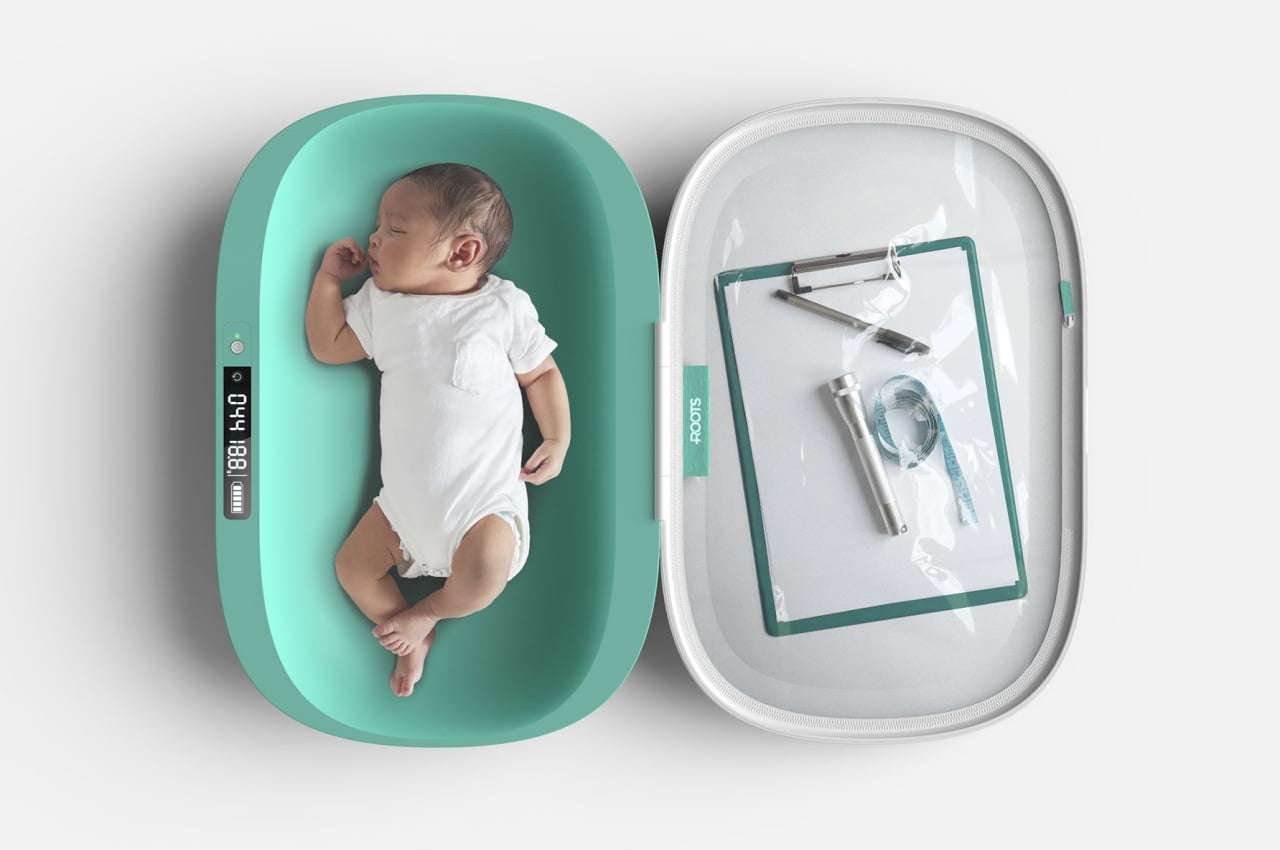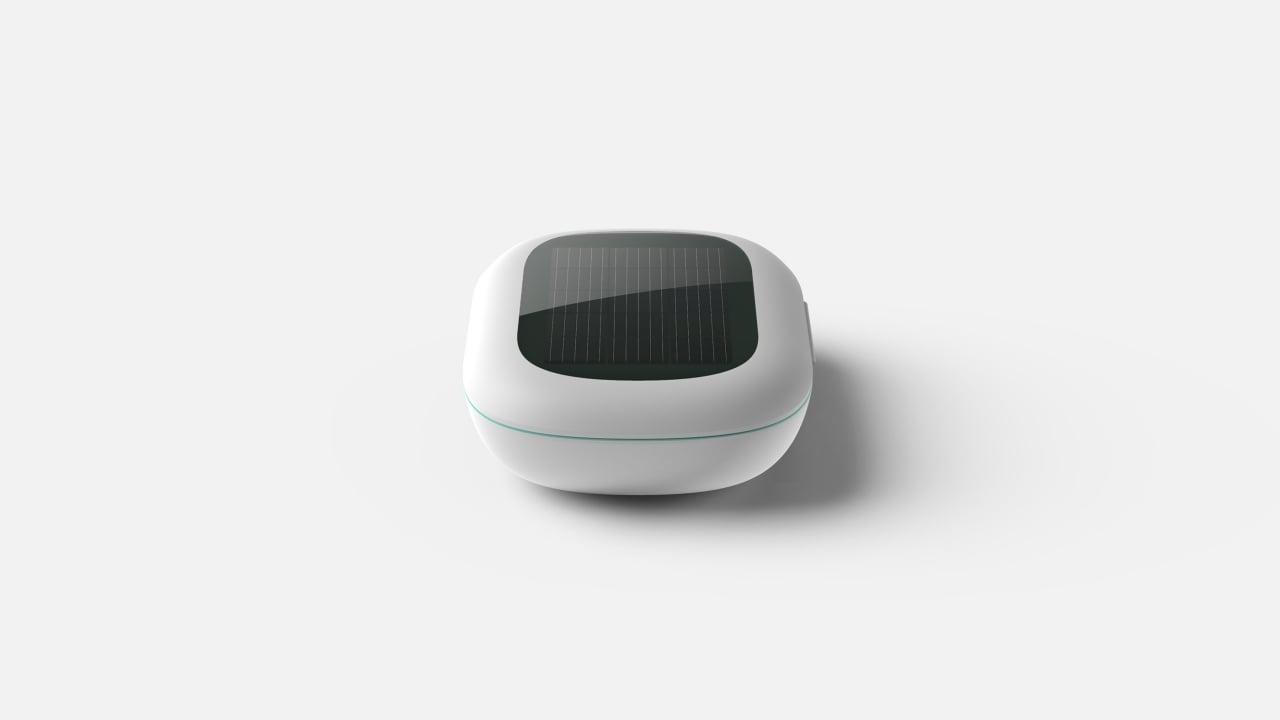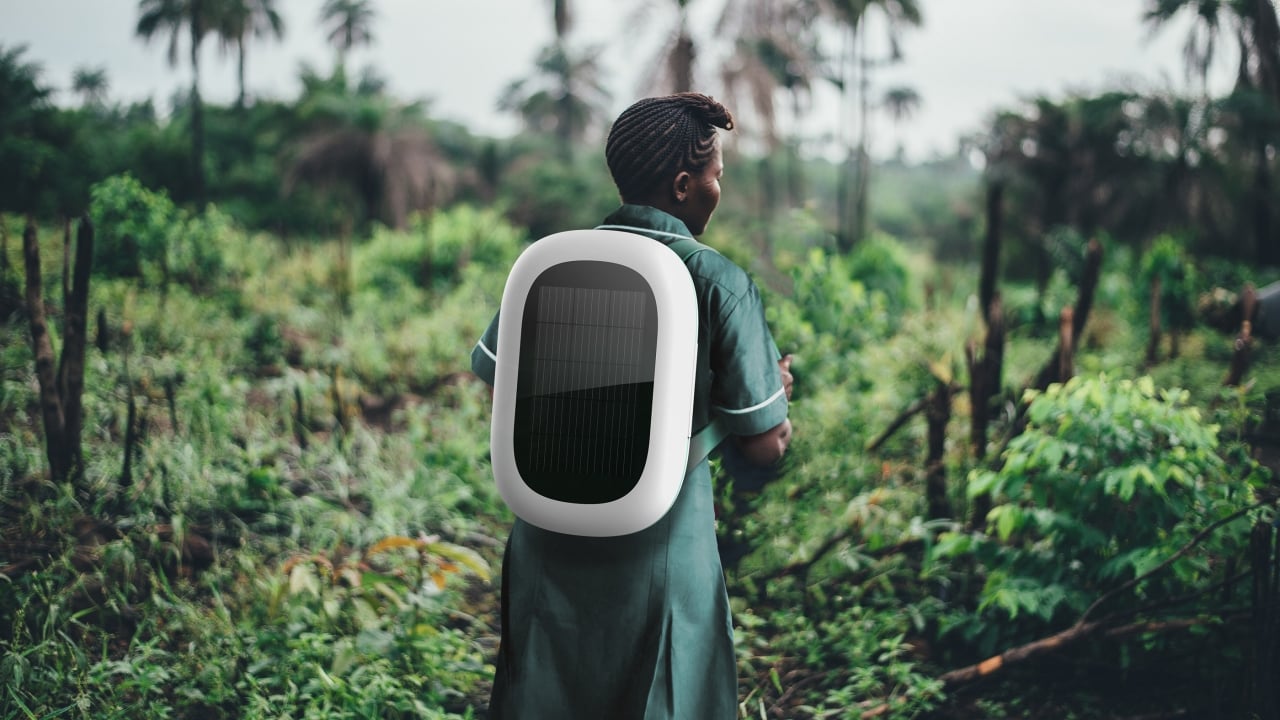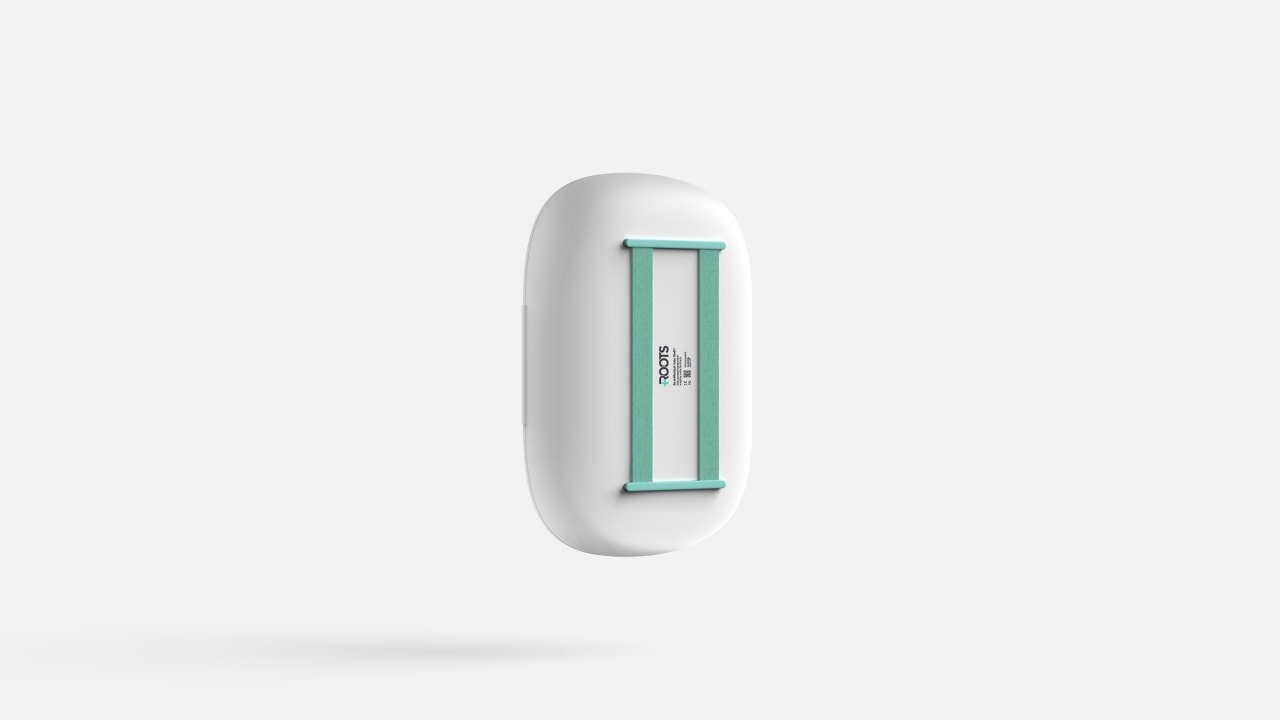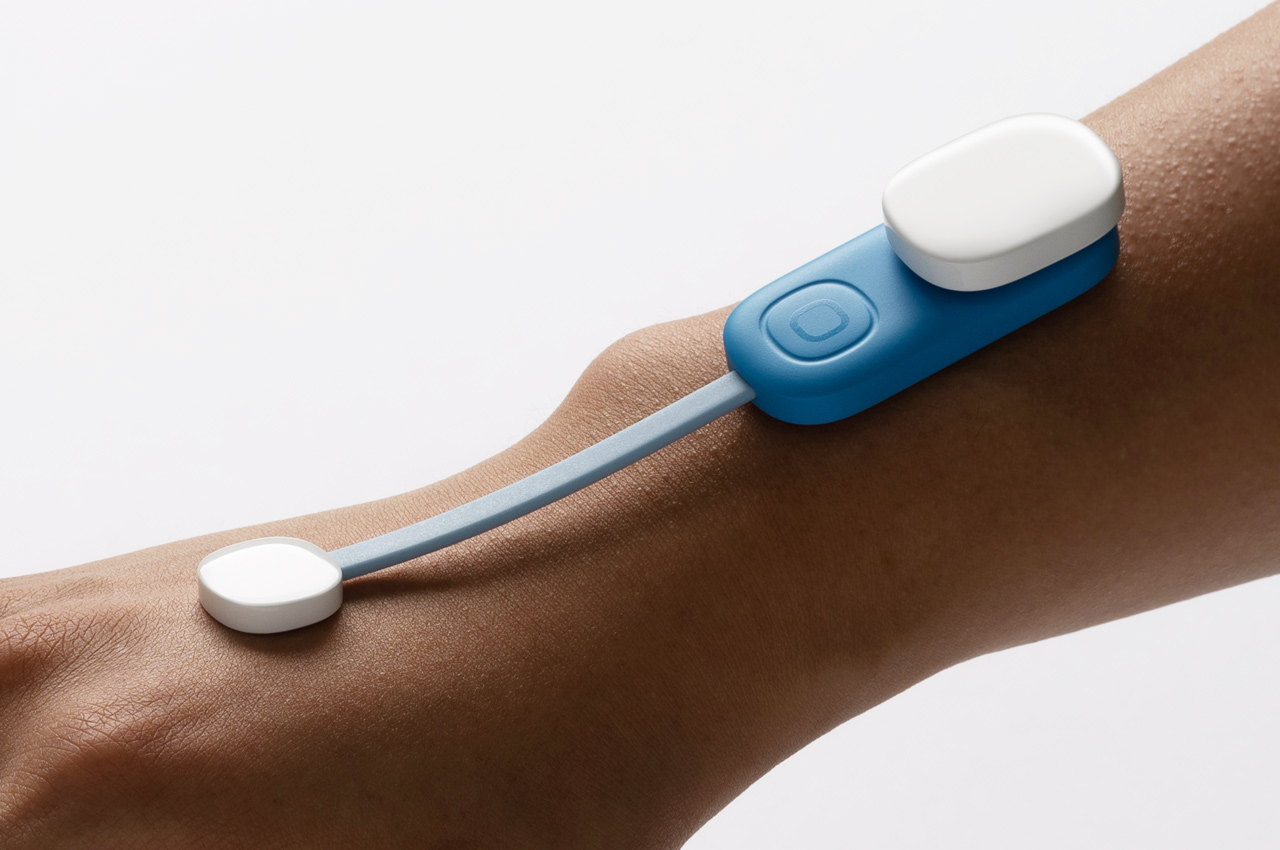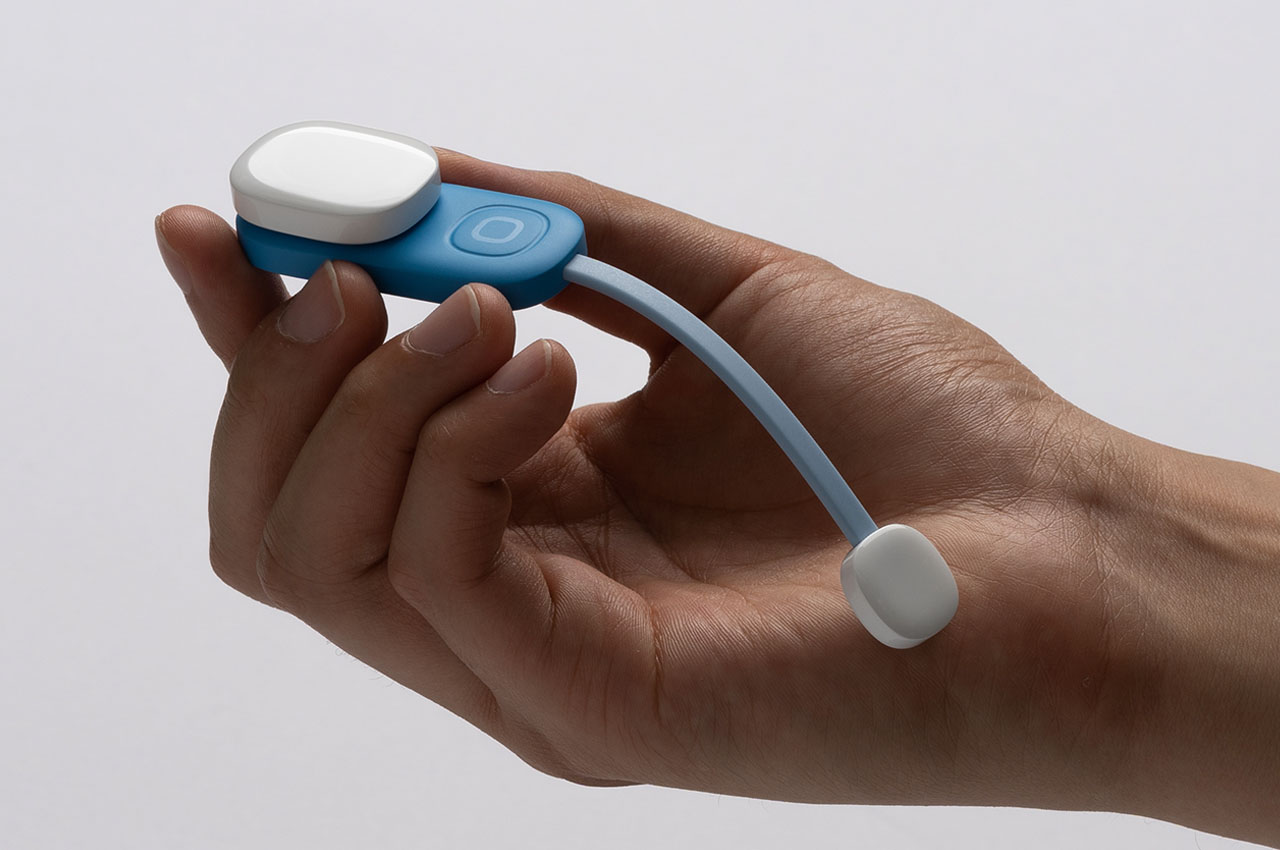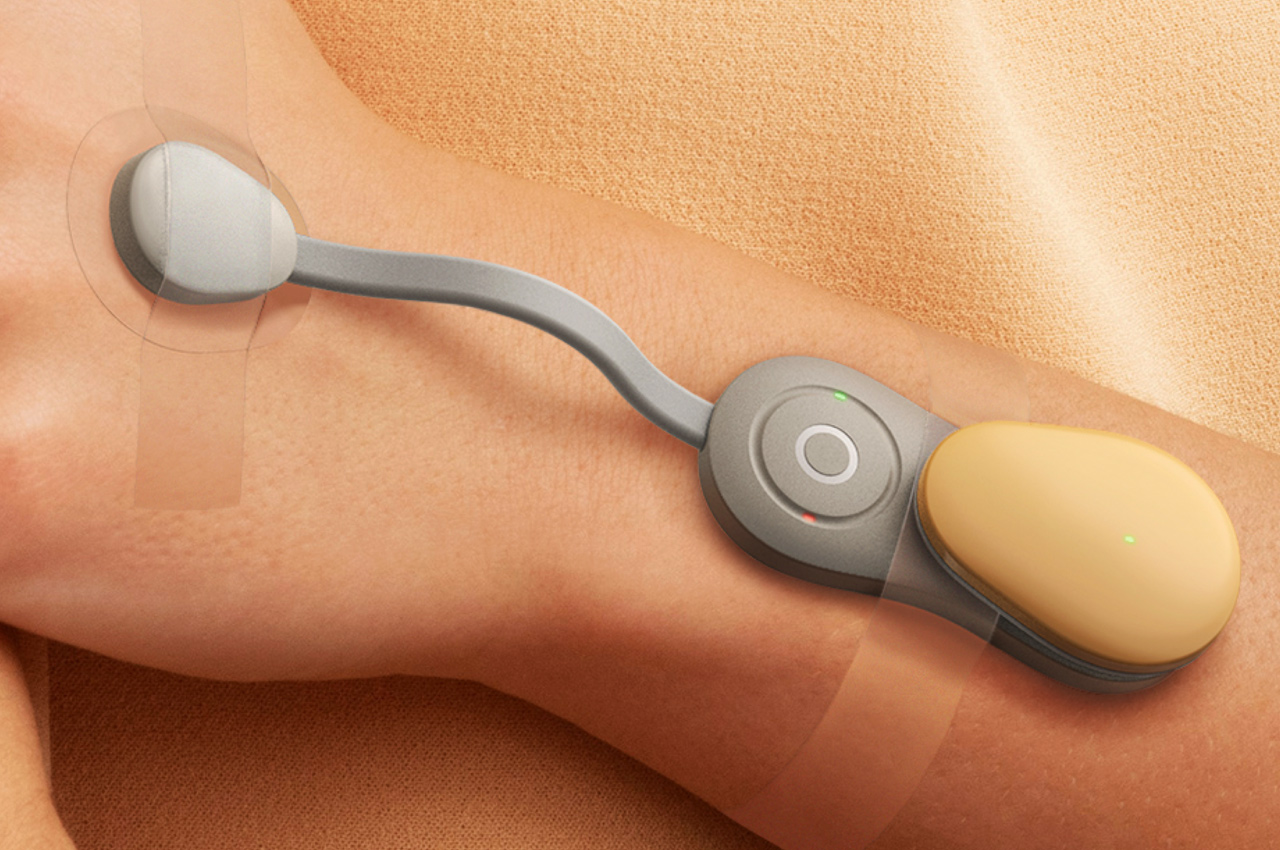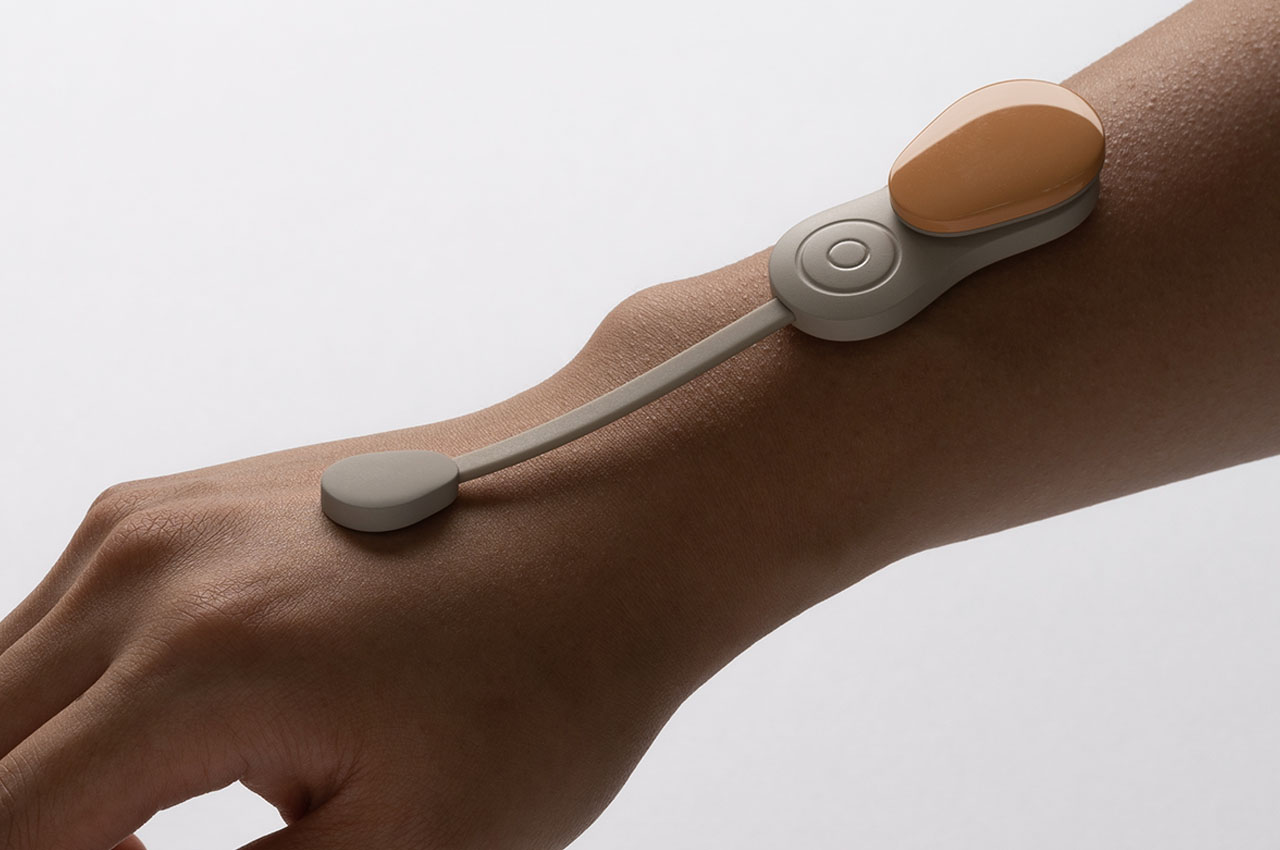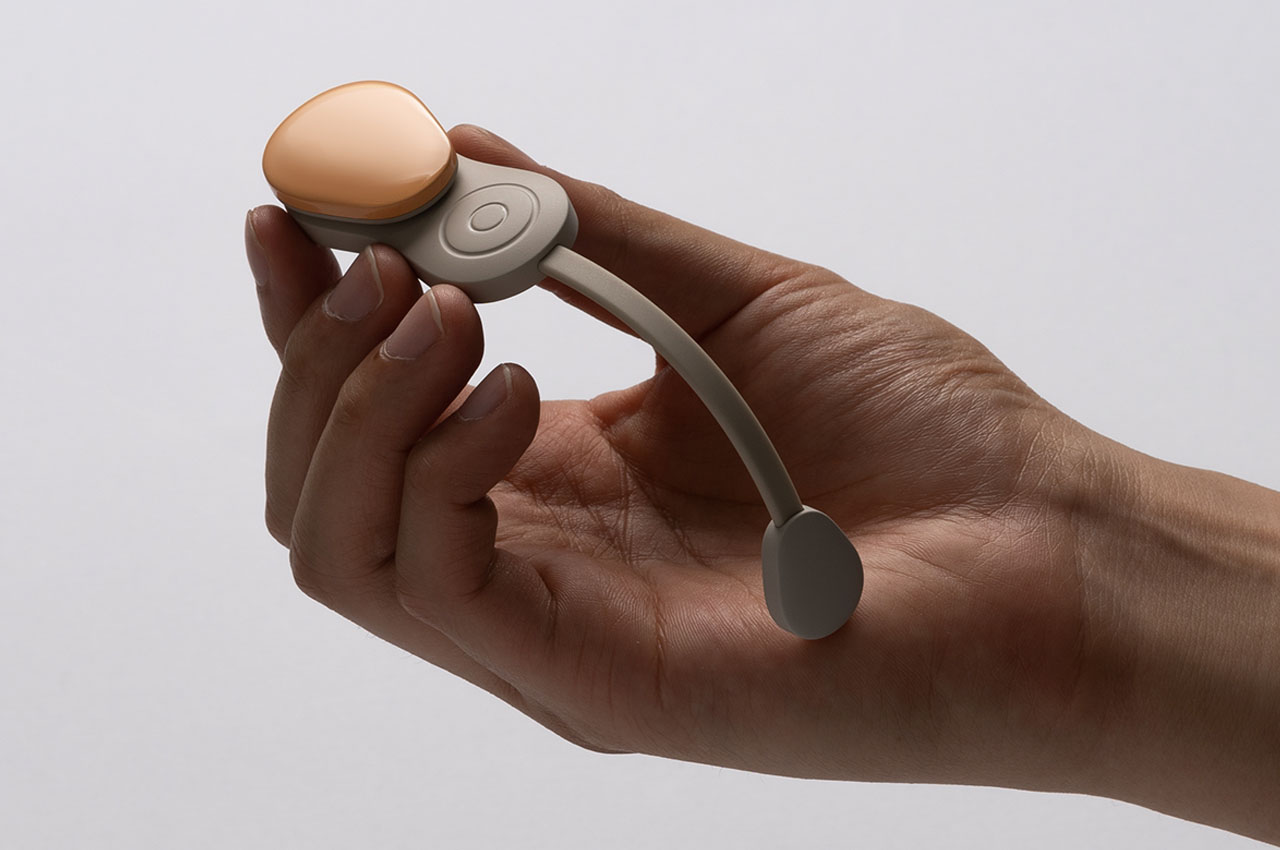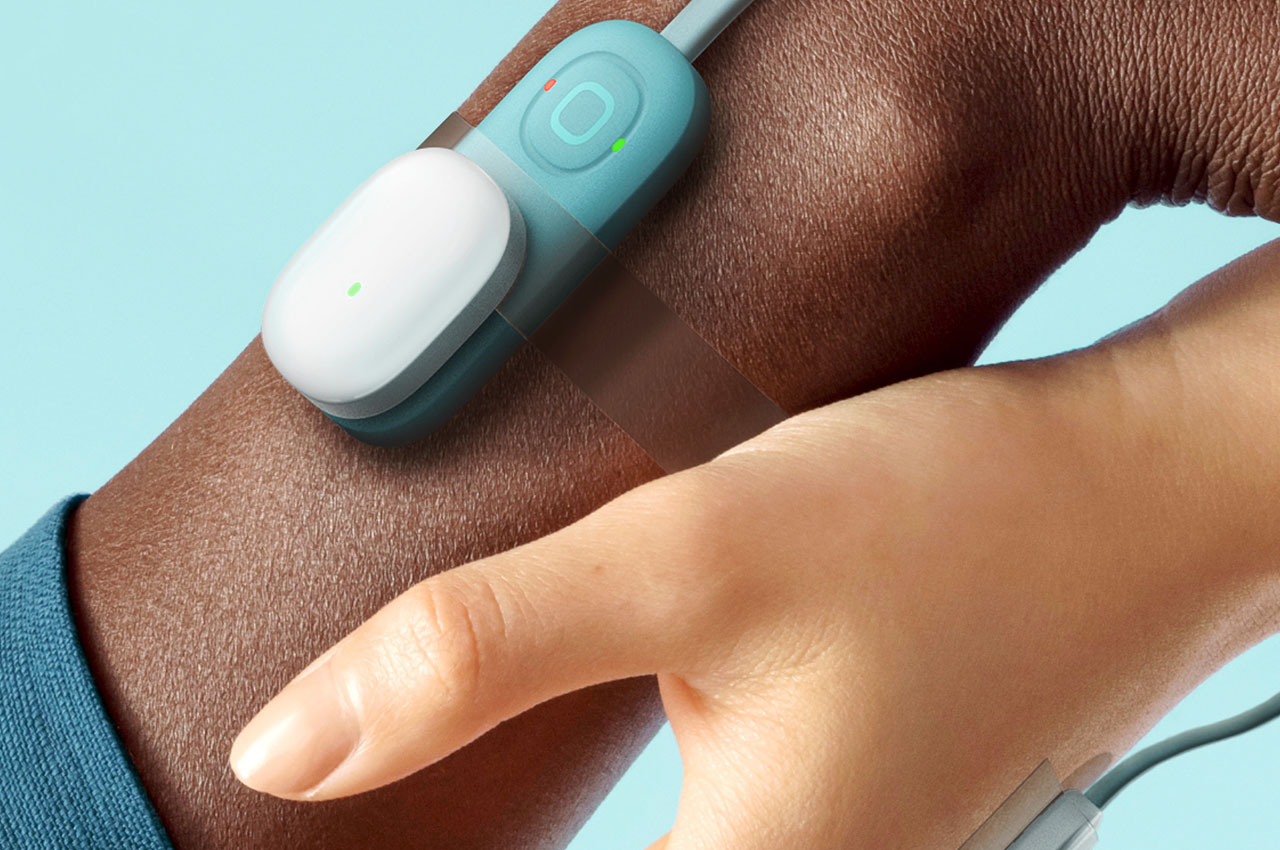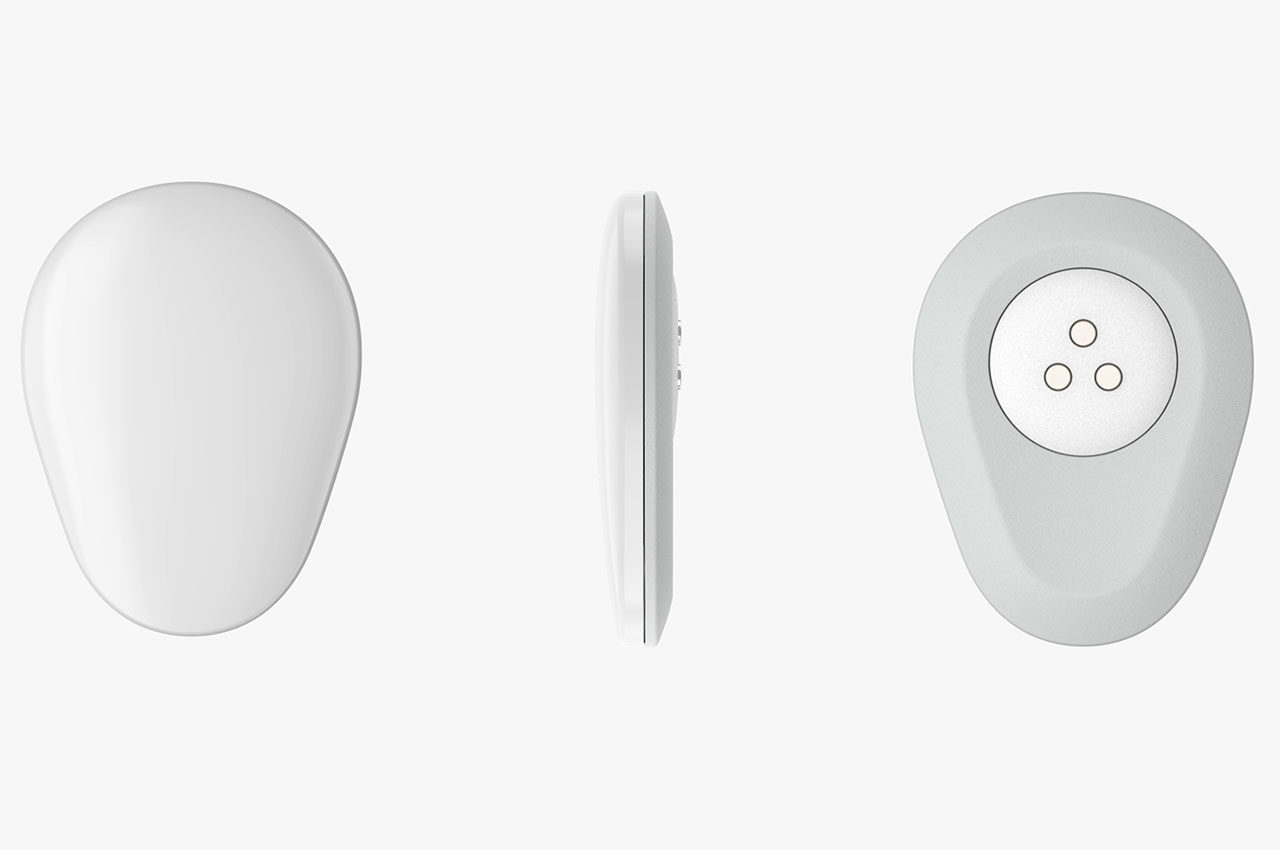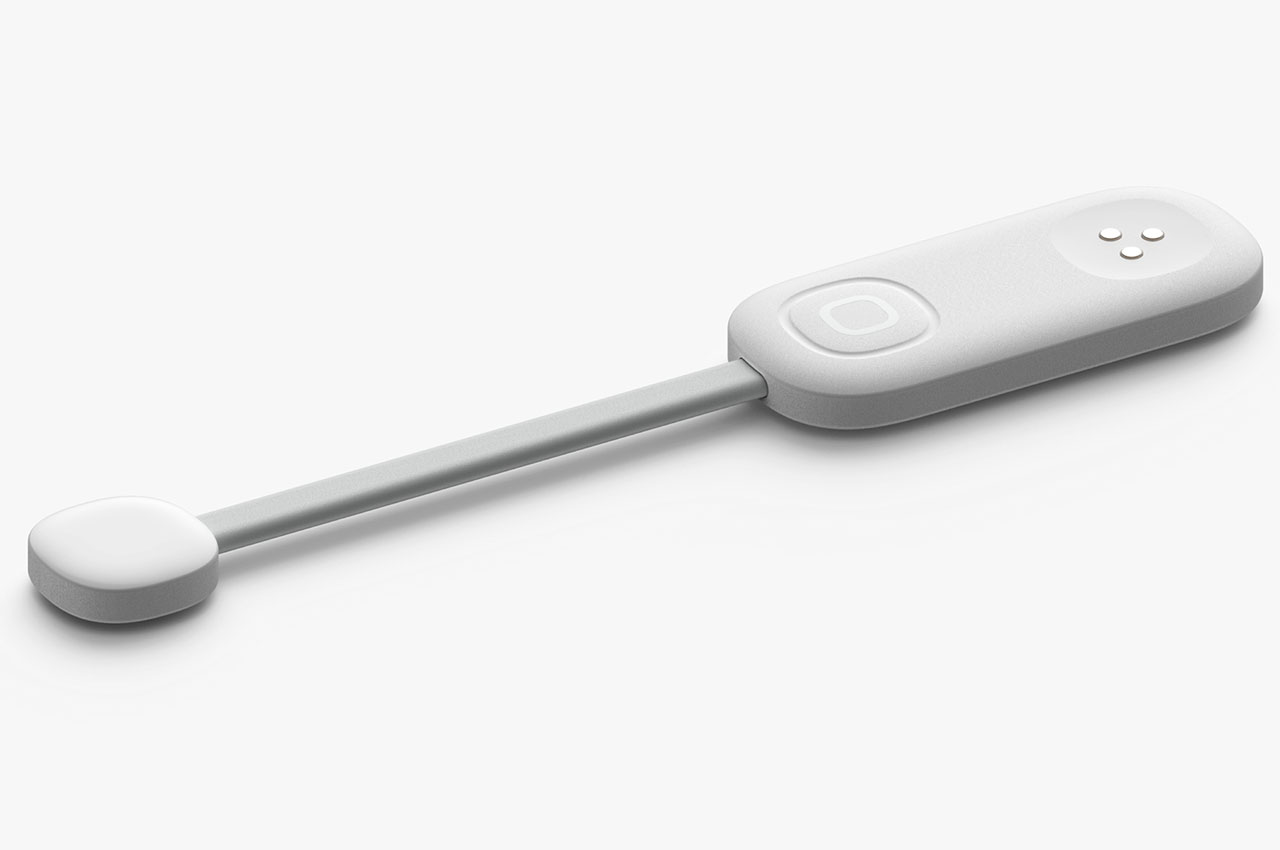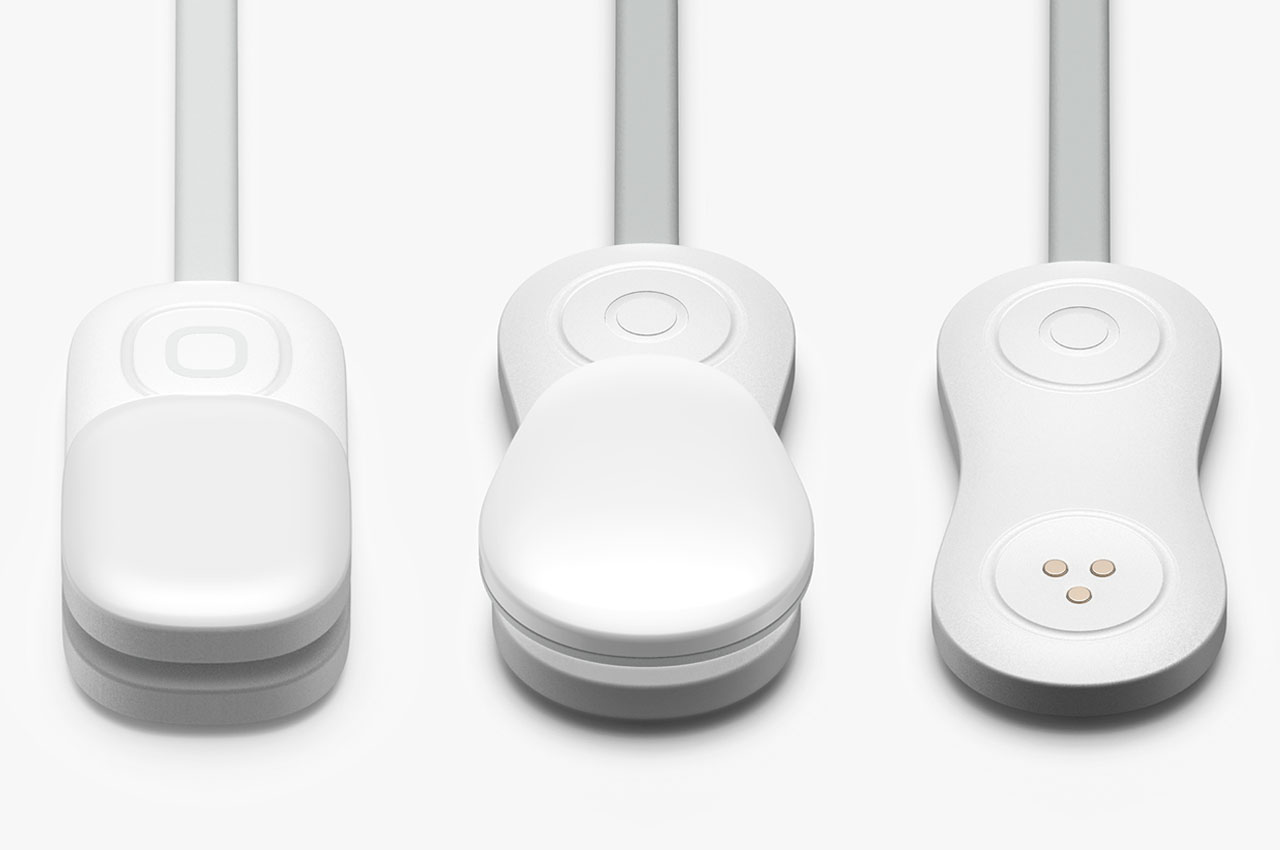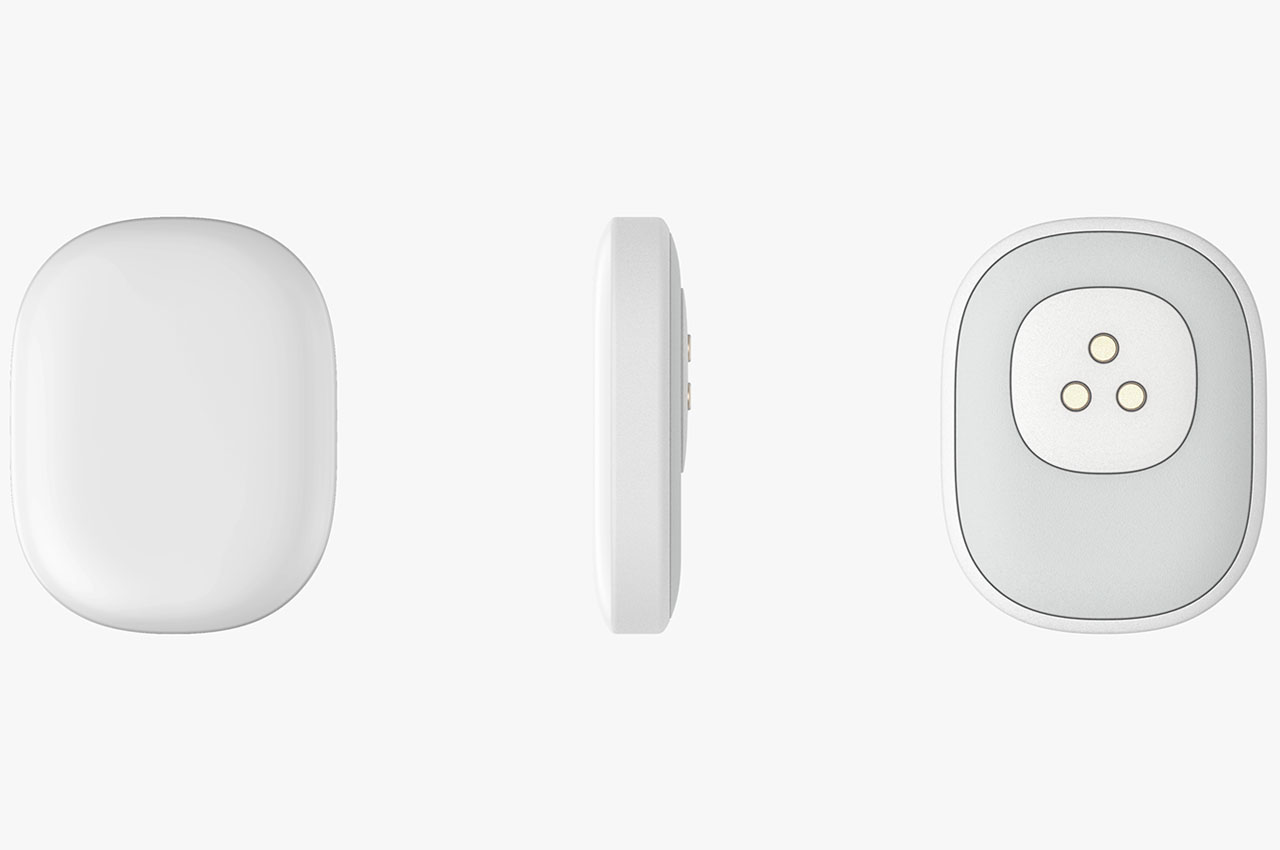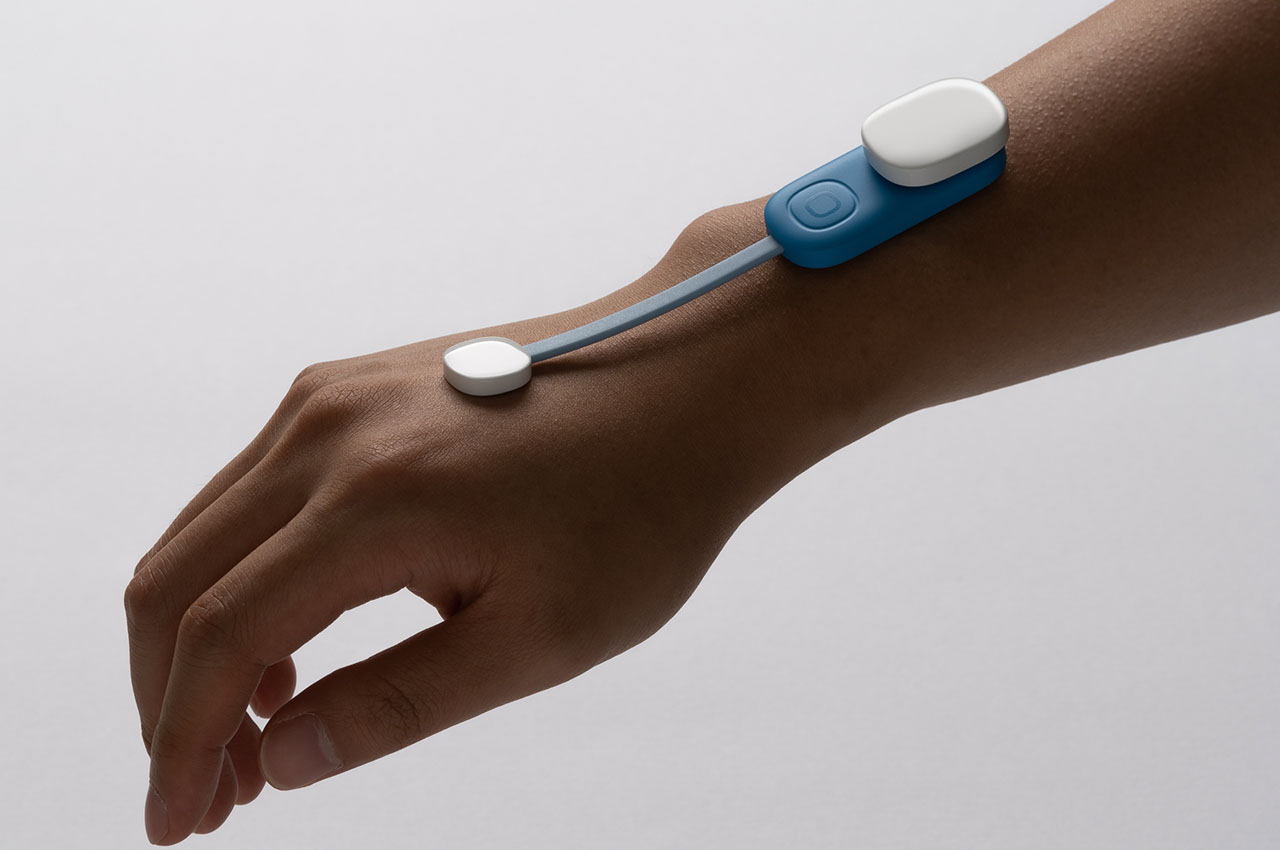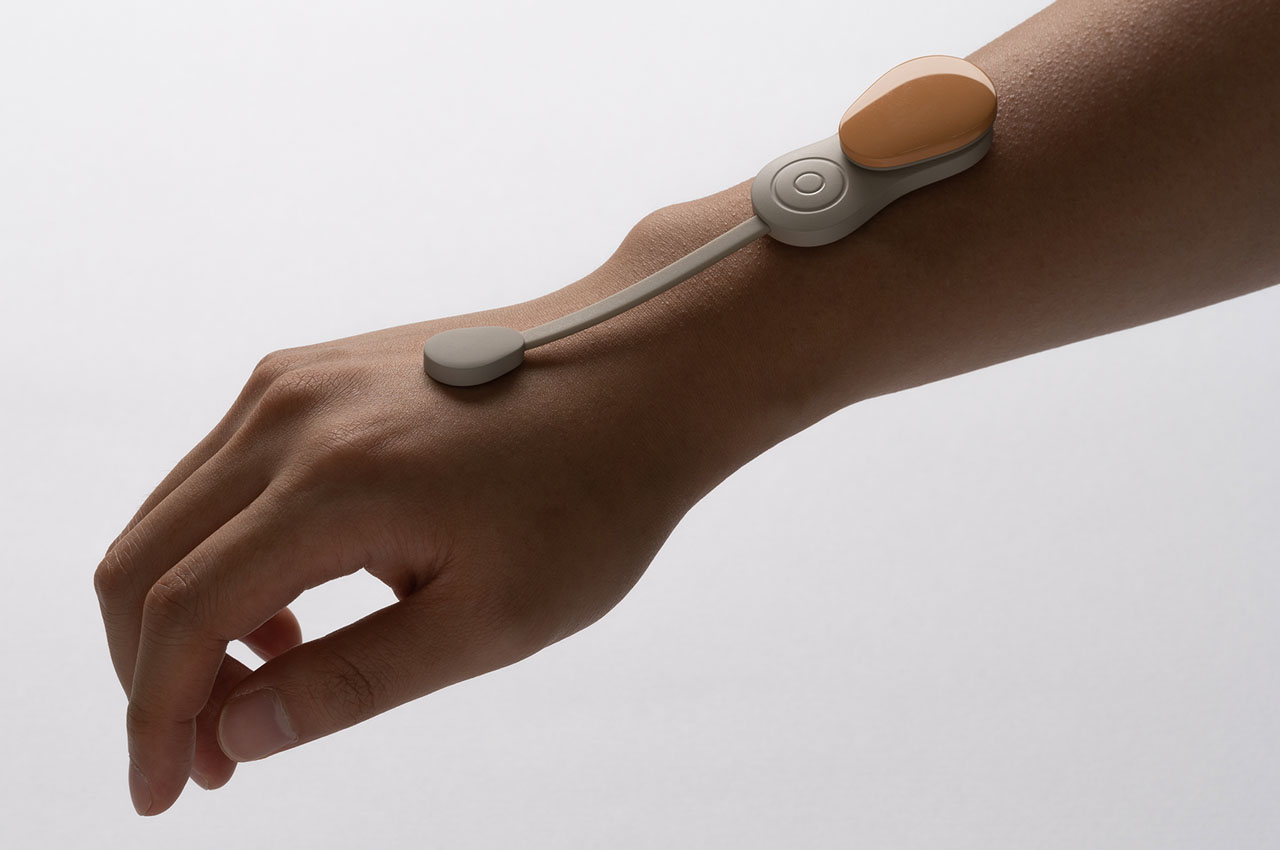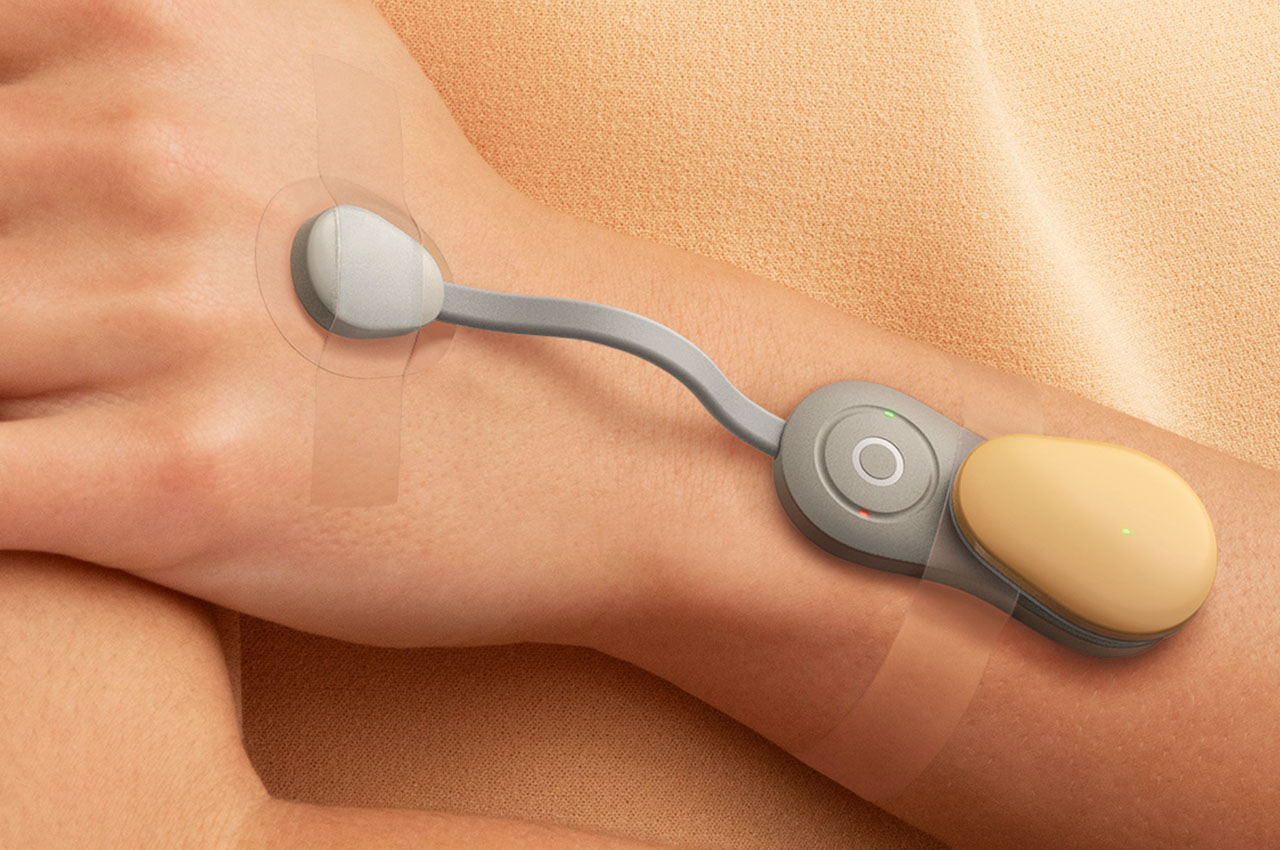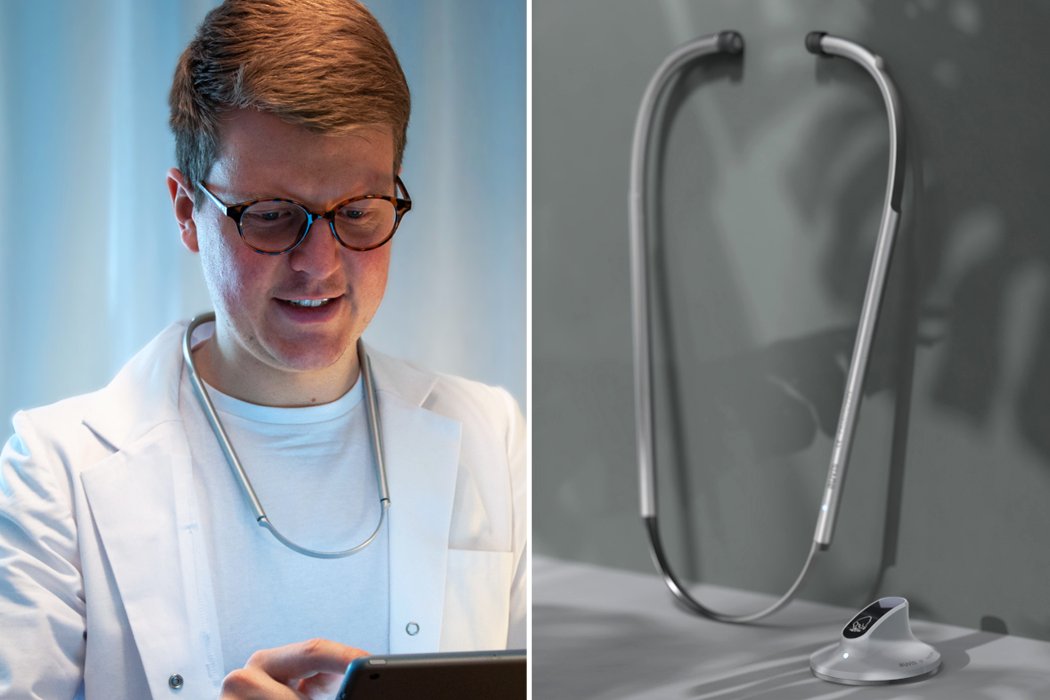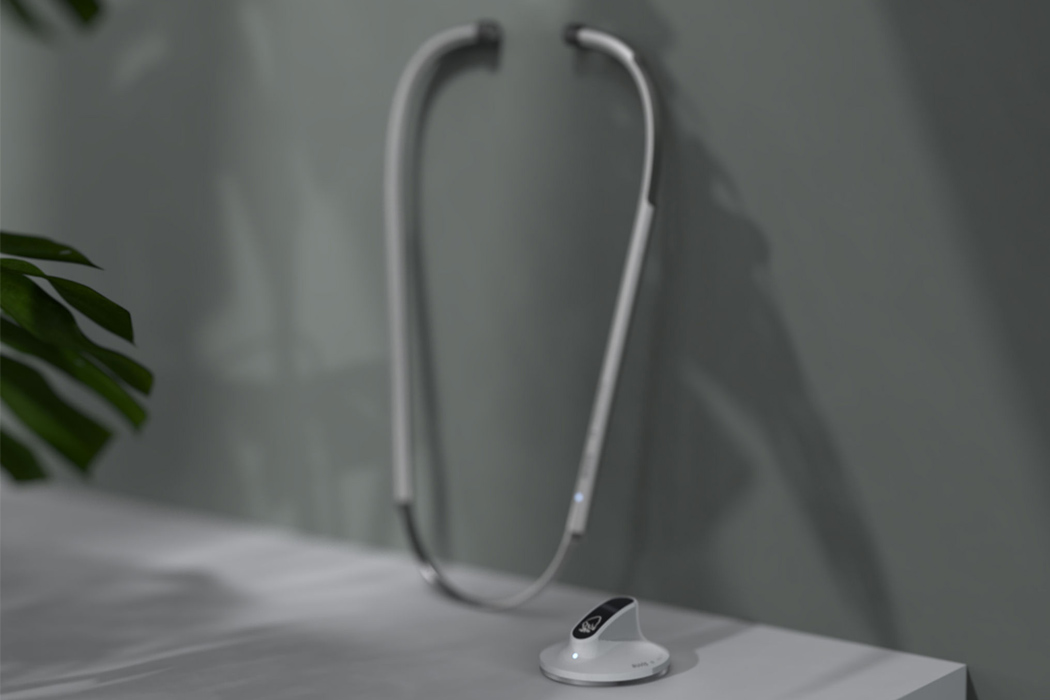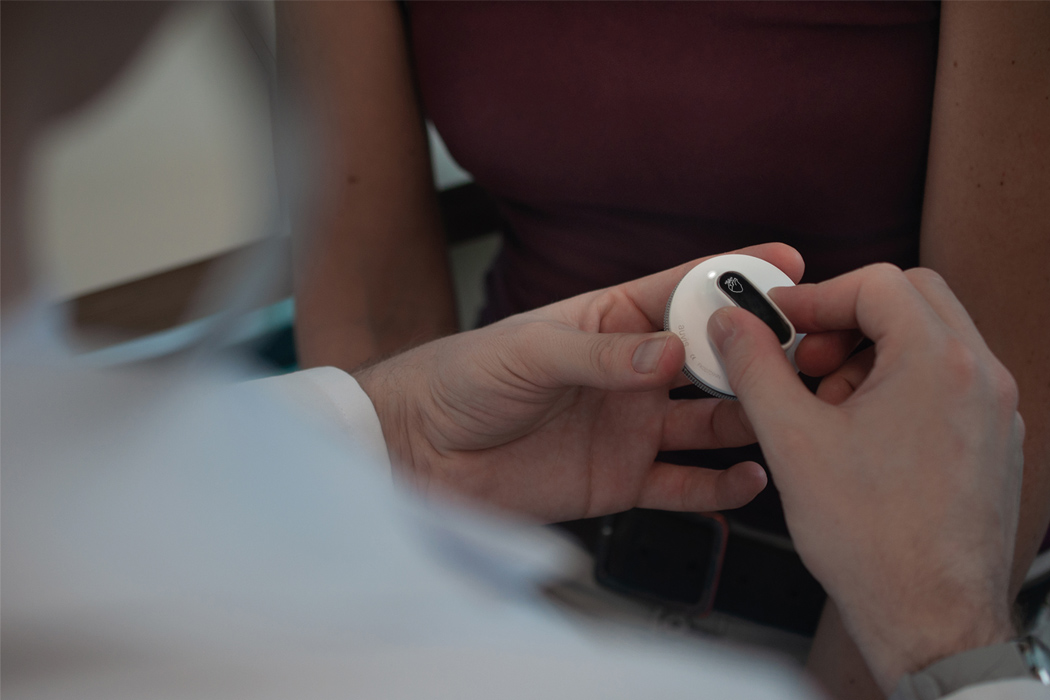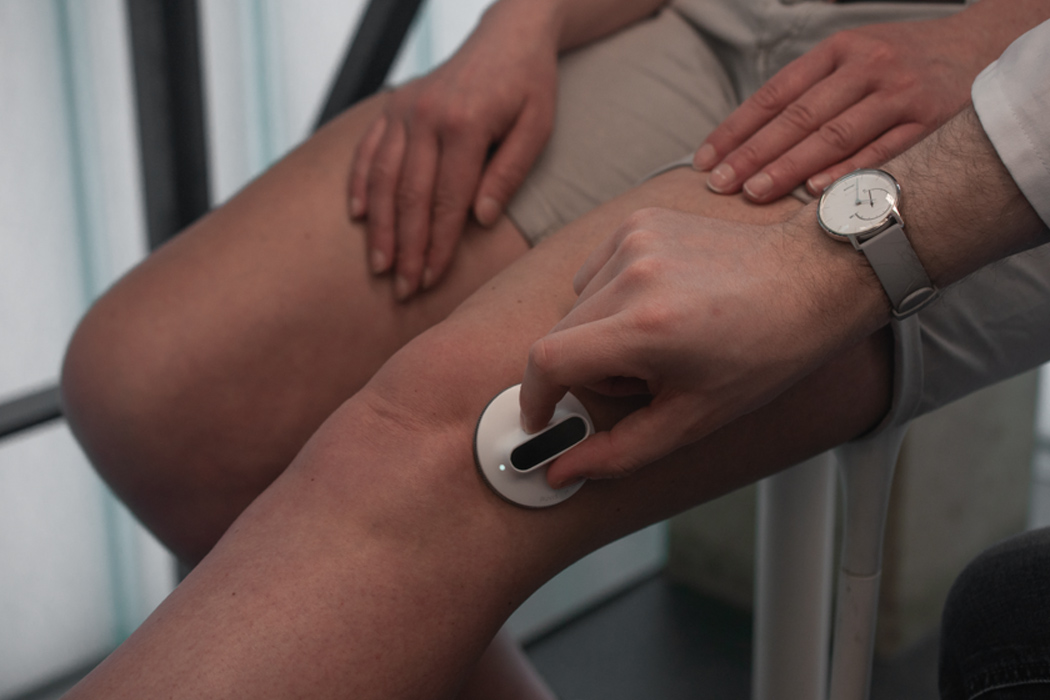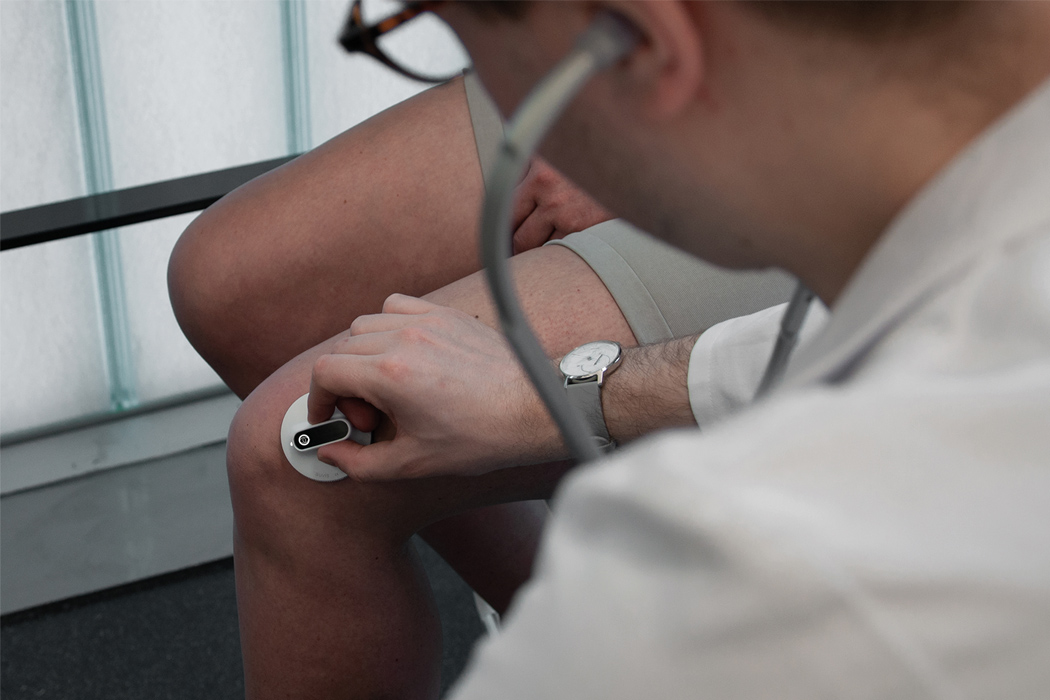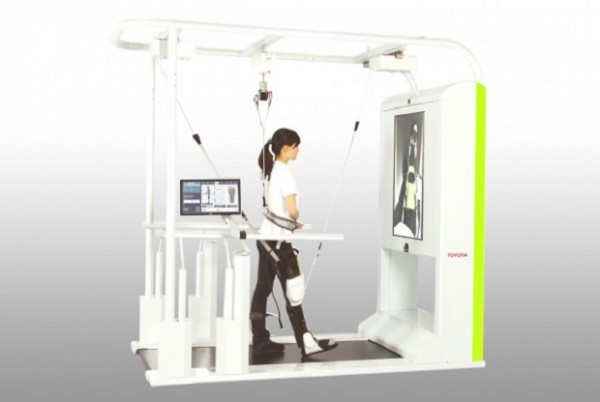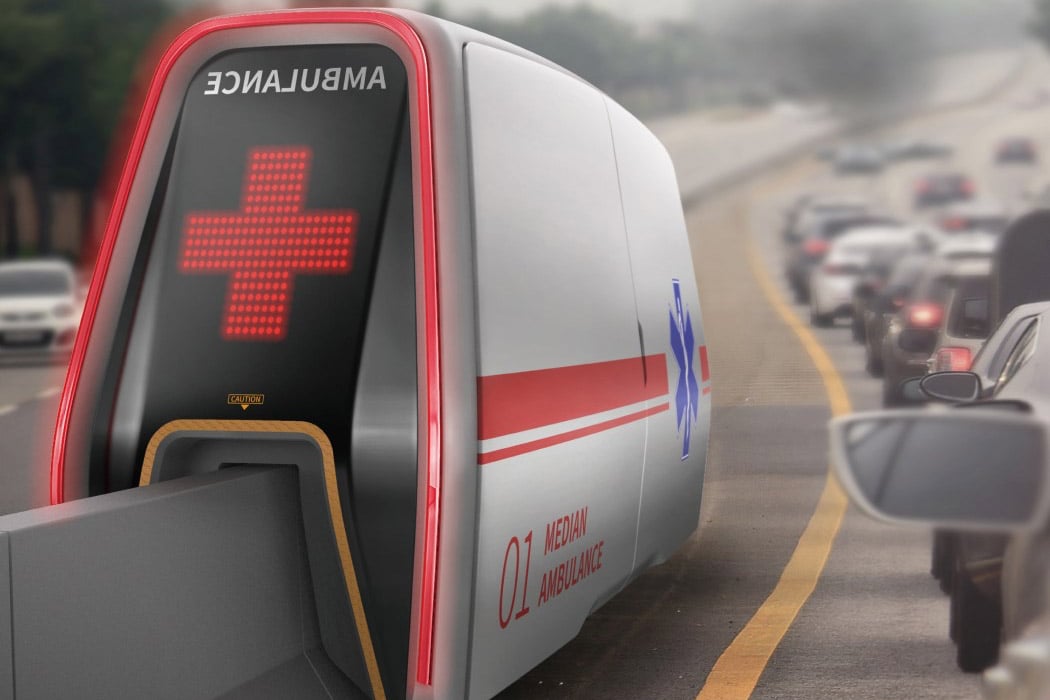
COVID-19 completely shook up our lives from top to bottom! And the biggest takeaway from this ongoing pandemic has been that nothing is more precious than our health. Health is truly wealth, and 2020 has been an absolute testament to that. Though vaccines are on the way, and they’re fuelling our sense of hope, taking health and medical care for granted is something none of us can afford to do in the future, no matter what. Although we cannot deny, that one positive outcome of this catastrophe is that medical innovations are at an all-time high! These designs are unique, inventive and an absolute boon to the medical force and to humankind in general. They tackle a variety of problems, adding a real boost to modern healthcare. Dig in!
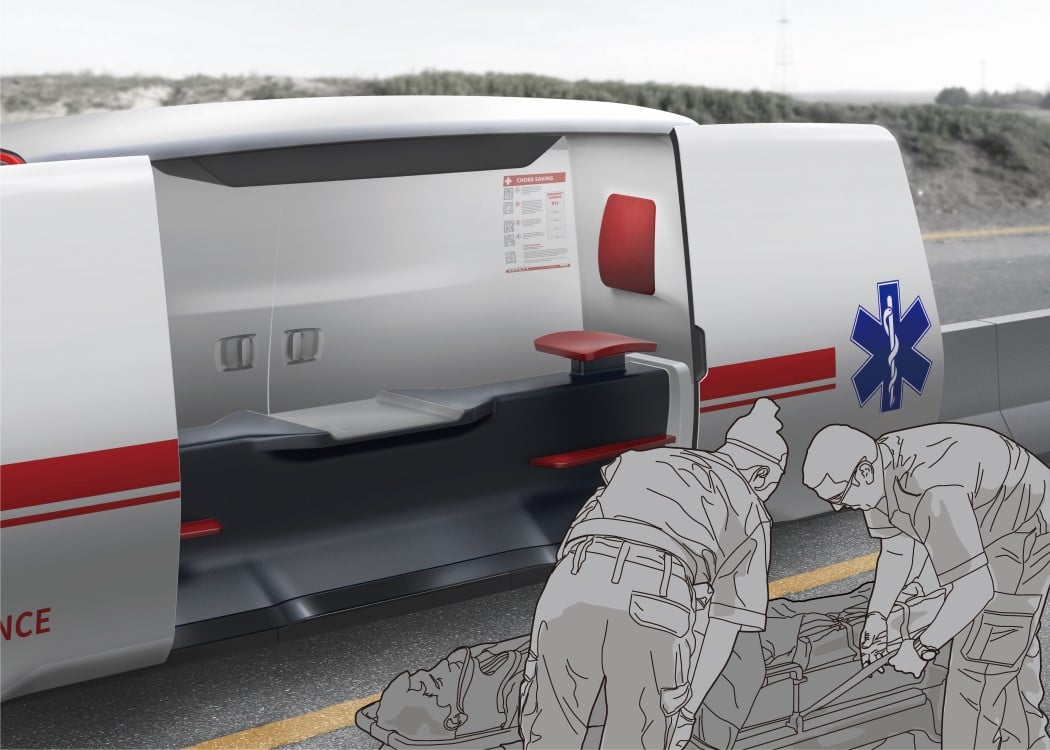
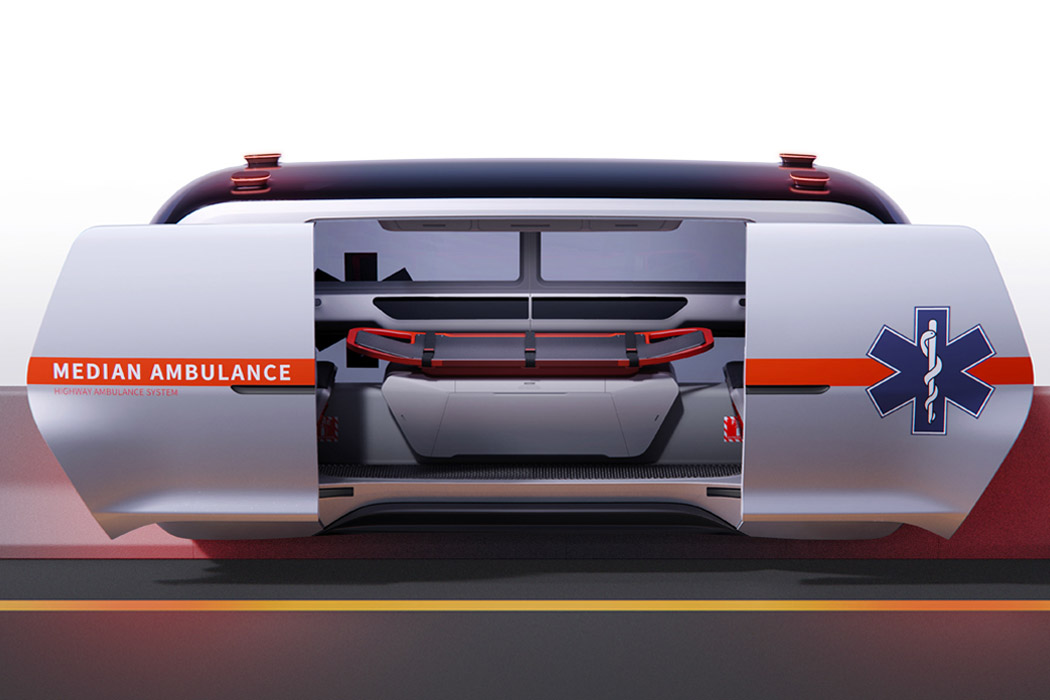
How does an ambulance reach a victim in a road/highway accident when there are more than a dozen cars stuck in a traffic jam between the ambulance and the site of the accident? Up until now, the only solution was to drive in the opposite lane, weaving through oncoming traffic to get to the victim. A band of Korean designers created the Median AMB, a special ambulance that can directly reach the point of the accident without getting affected by the traffic congestion created by the accident. The Median AMB sits on the road divider/median and drives up and down the highway almost like a monorail. It features sliding doors on both sides, seating for a driver and an assistant, and an area for a stretcher that holds the victim. The Median AMB drives down the dividers, right to the victim’s location, picks them up, and brings them to a proper ambulance that can take the victim to the nearest hospital.
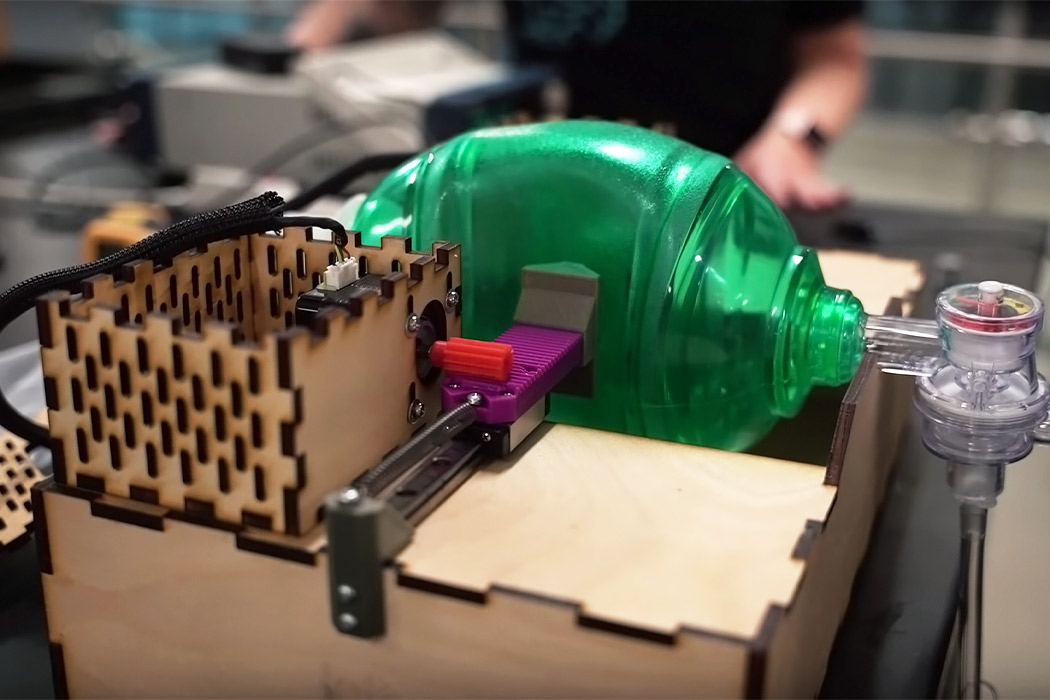
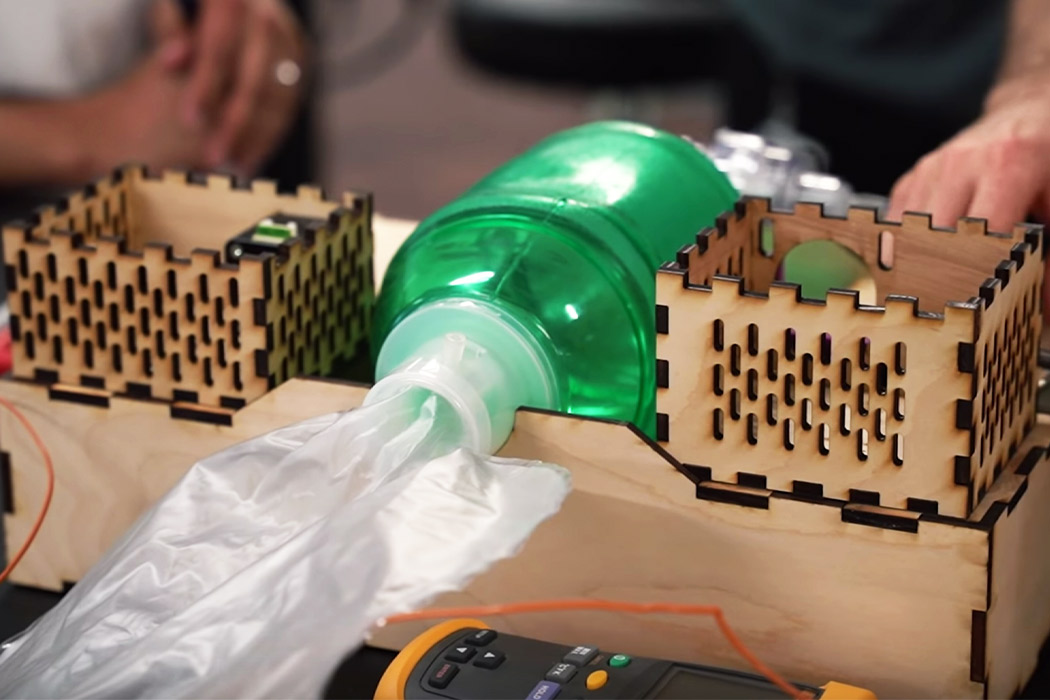
Rice University’s Oshman Engineering Design Kitchen (ODEK) has managed to develop a low-cost ventilator with the help of Metric Technologies, named the ApolloBVM. There is a worldwide shortage of medical equipment, especially ventilators as traditionally they are expensive and time-consuming to produce at the rate this virus is moving. ODEK’s alternative costs less than USD 300 and it works on an automated mechanism that squeezes the common bag valve mask ventilation devices that are available in hospitals. This device is usually called an Ambu bag and the ApolloBVM can save the hours that healthcare professionals spend on manually pumping bags when there are no ventilators available. An exhausted human cannot pump air for extended periods of time with the precision of a machine, so with this device, it will be a lot easier to assist patients that need help to breathe. The device will also include feedback sensors that help fine-tune the flow of air to the lungs, as well as motors similar to those that power 3D printers for hours on end.

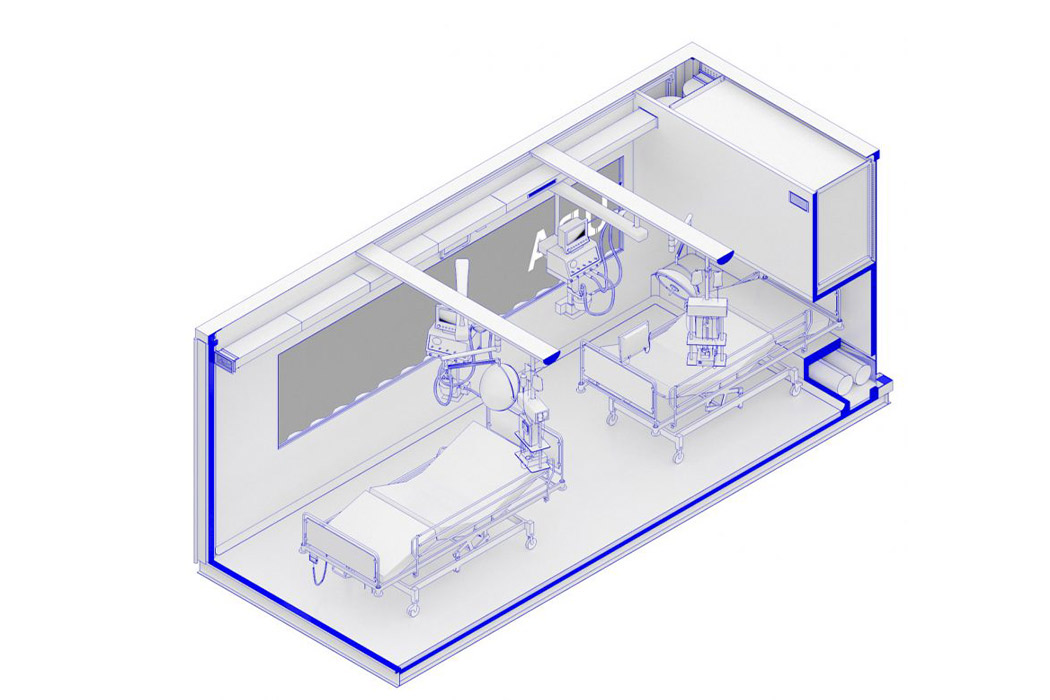
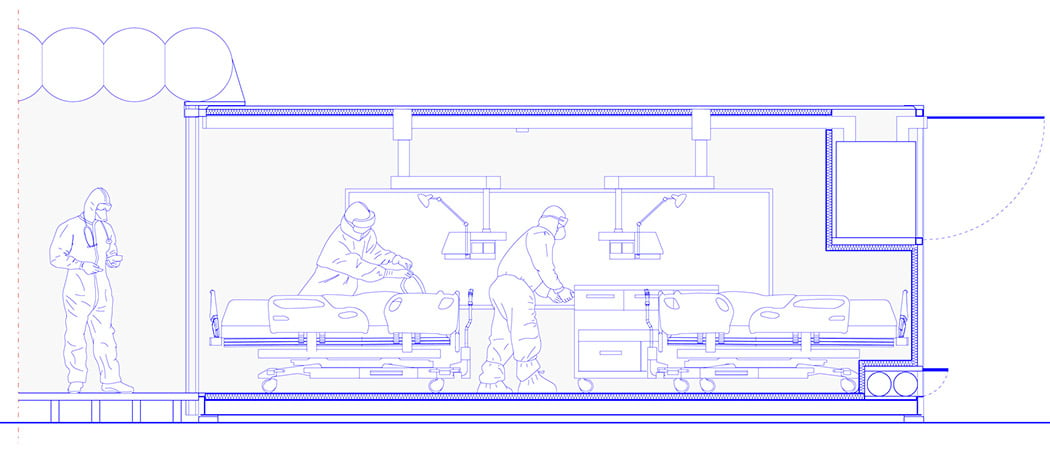
These ICU pods are called CURA (Connected Units for Respiratory Ailments) which means “cure” in Latin (doesn’t that make you feel a little better?) and these will help take some load off the hospitals, especially in Italy. Ratti’s Studio, Carlo Ratti Associati, and MIT’s Senseable City Lab are creating mobile field hospitals with these CURA Intensive Care pods that serve as a biocontainment unit for two patients at a time. “The aim is that they can be quickly deployed in cities around the world, promptly responding to the shortage of ICU space in hospitals and the spread of the disease,” explained the CURA team as they build the first prototype unit at a hospital in Milan. These units can be set up as fast as tents with the benefit of having hospital-level hygiene which will help contain the infection and especially help those suffering from acute respiratory problems as they need intense care. This will also ensure that the health professionals remain safe while treating the infected who will have a better chance at recovery in the biocontainment units.
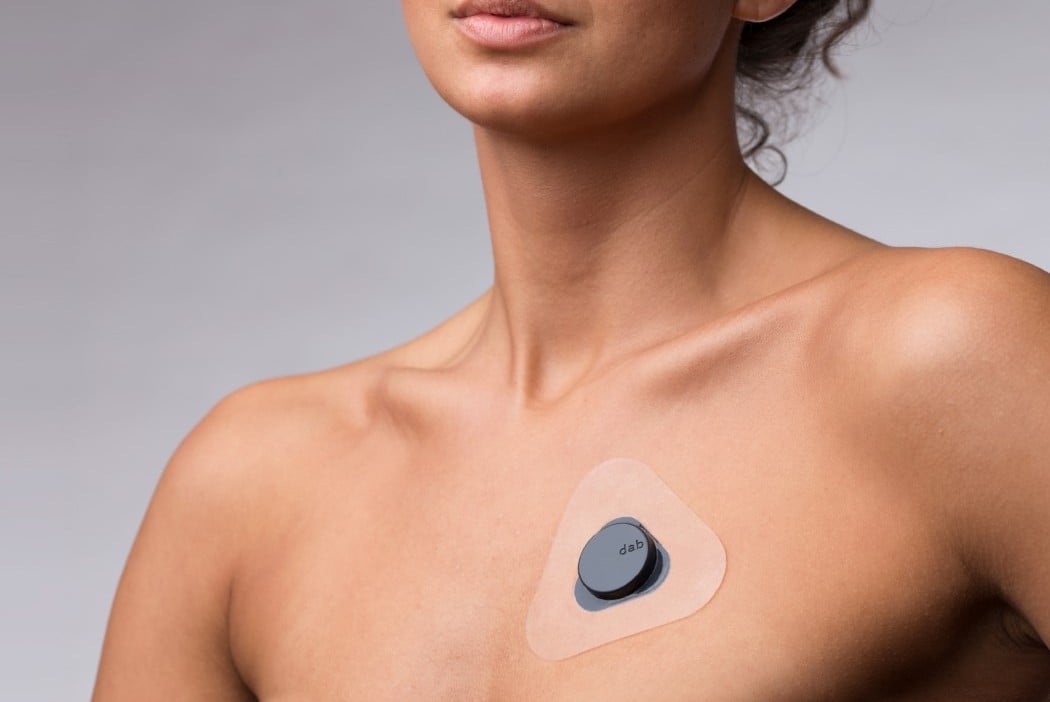
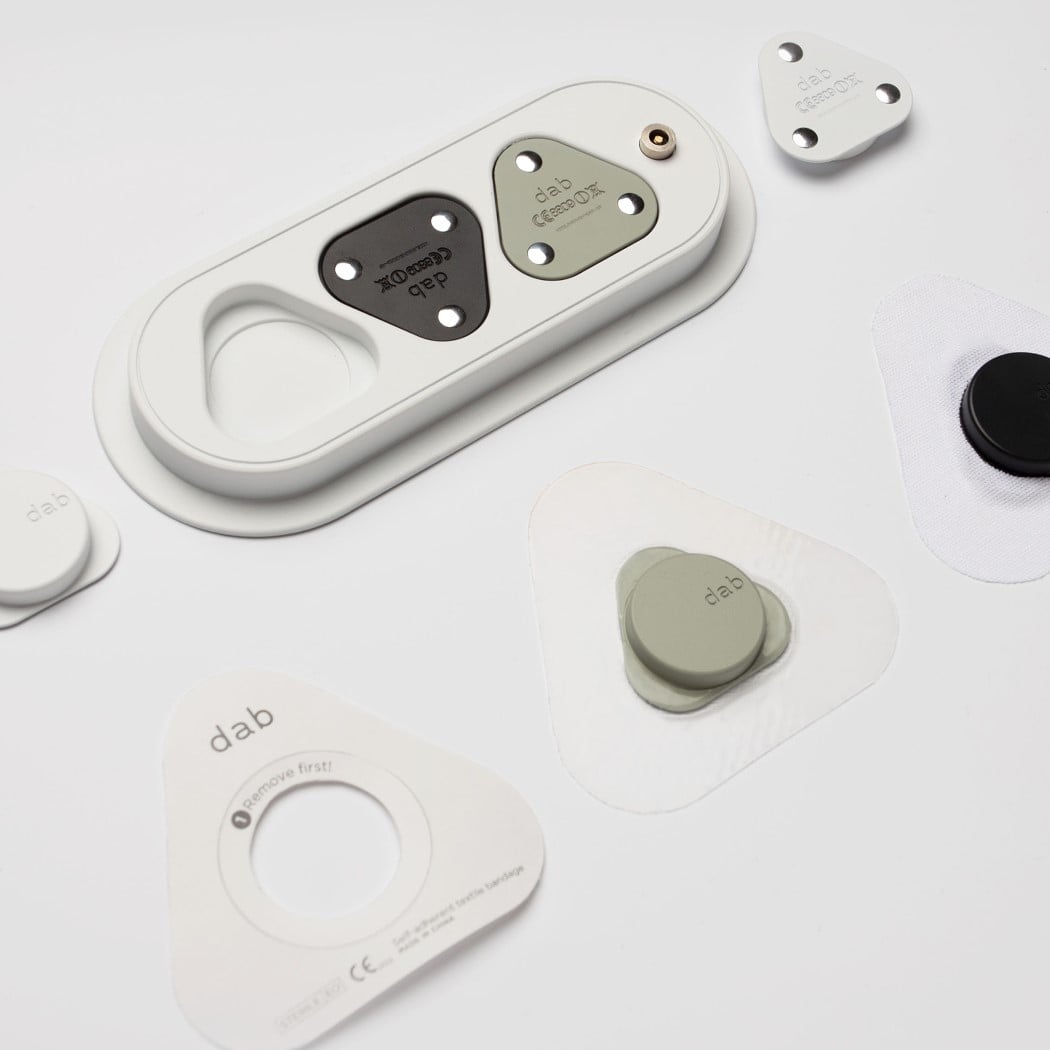
Literally the size of a quarter, the Dab is an unobtrusive Holter ECG/EKG that rests comfortably on your chest, constantly reading your heart’s movements. Designed to be minimal, non-invasive, and simple, the Dab tries to bridge the gap between medical appliances and wearables. Its tiny yet classy design sits on your chest via a gel patch, while the electrodes capture your heart activity. The Dab’s dry-electrodes allow it to be used and reused, unlike disposable electrodes that lead to large amounts of medical waste. They constantly measure one’s heart activity (requiring periodic charging via their wireless charging hub), and keep logs of accurate readings, quietly sitting on your chest while you absolutely forget that they’re even there in the first place!
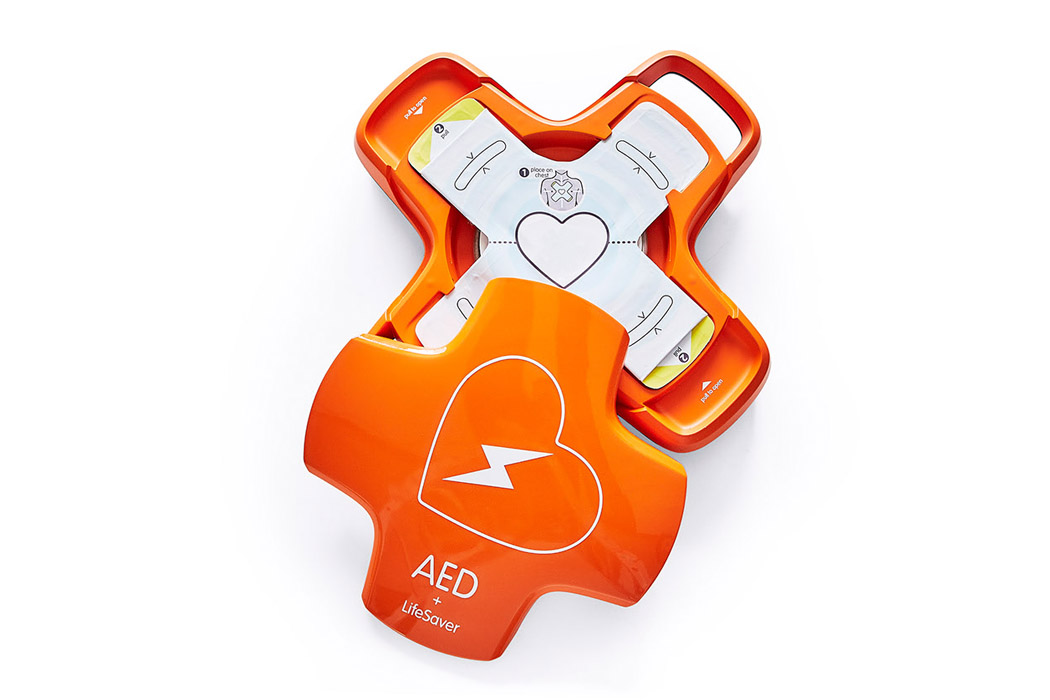
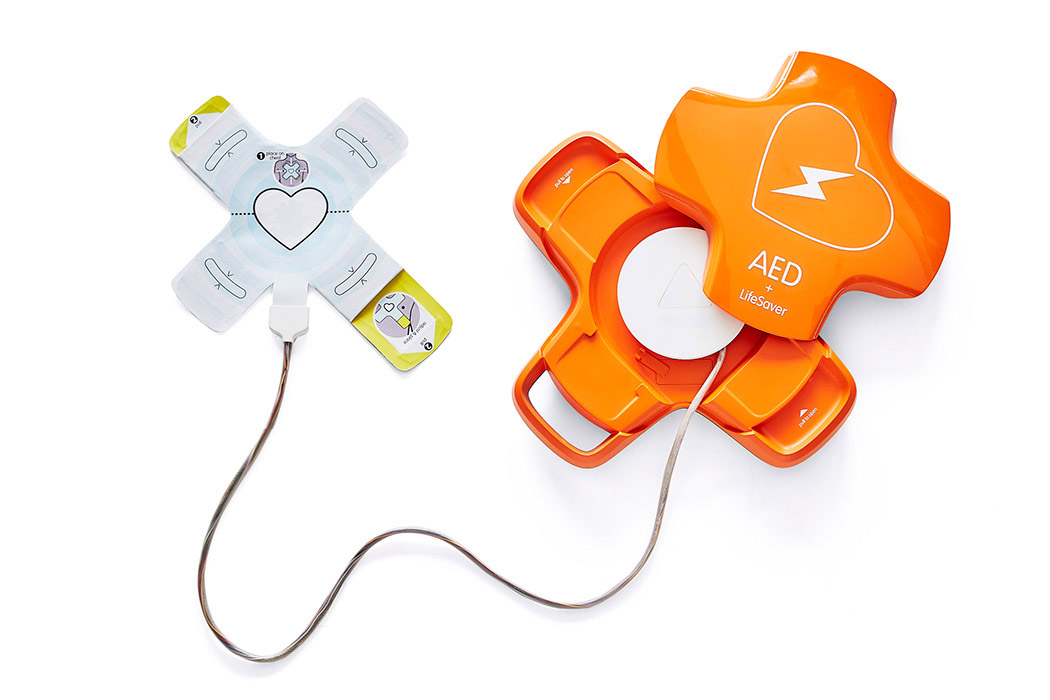
LifeSaver can be mounted on walls at accessible and prominent locations. If someone is suffering from a cardiovascular attack, you simply grab it and press the button for calling 911 below it. So while you perform CPR, the ambulance is on its way! The first instruction provided is to remove the clothes from the chest of the victim. After that, you open the box and remove LifeSaver from it. Place the AED on the chest of the victim, and follow the instructions. OLEDs and touch sensors guide you through the entire process. LifeSaver even helps you with placing the electrodes correctly and guides you regarding the location and rhythm for the chest compressions. Via visual displays and an audio option, LifeSaver gives you critical feedback.
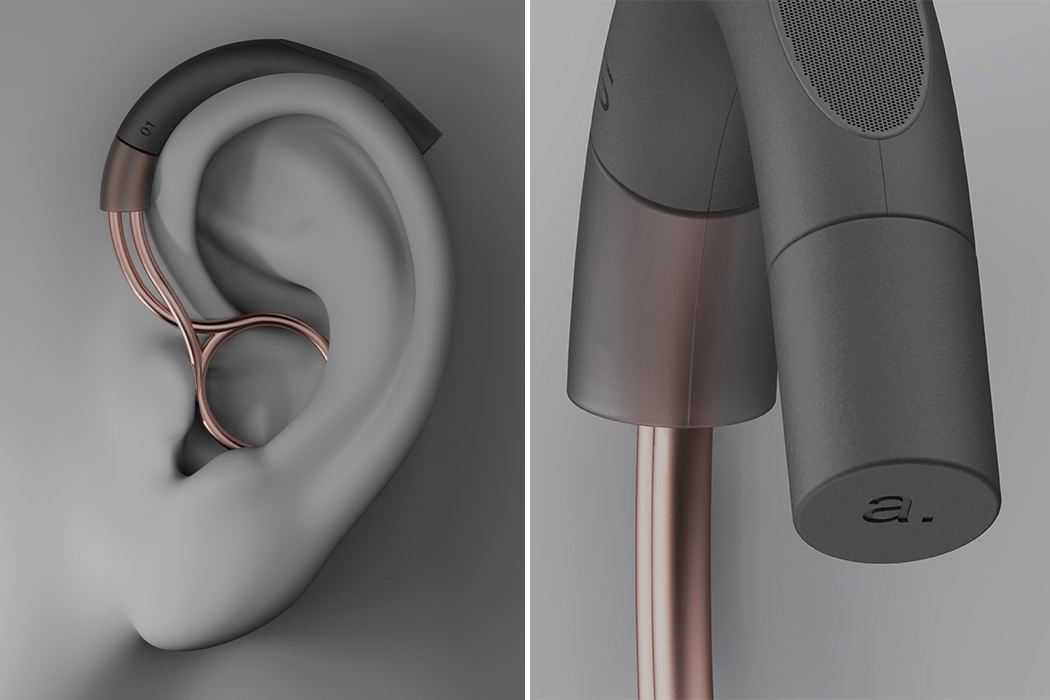
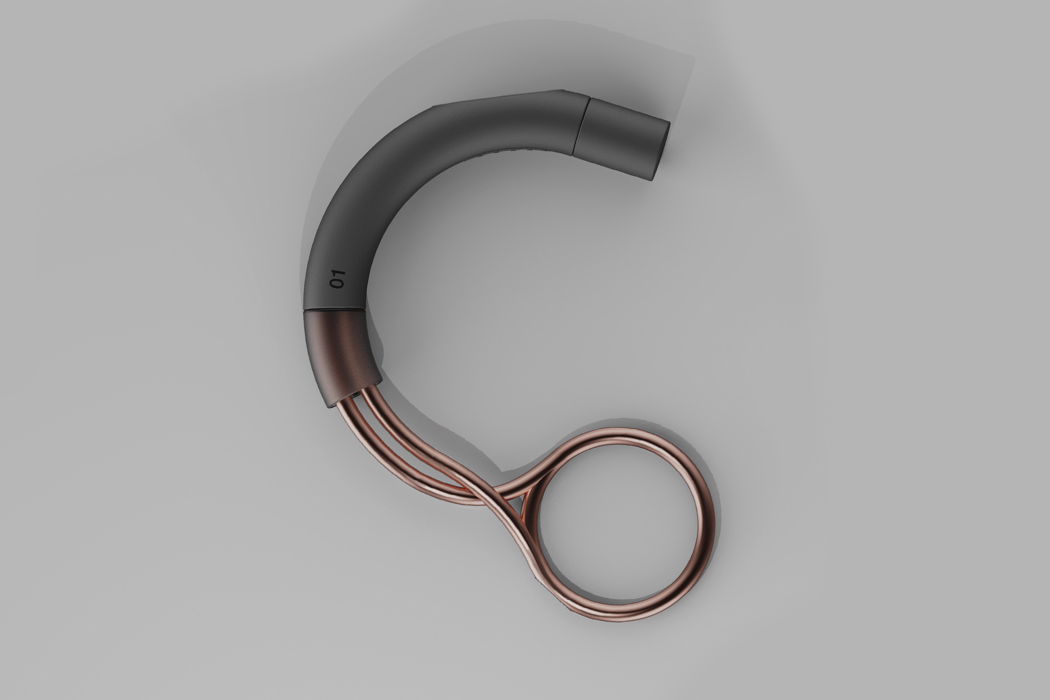
Amplify was created to give the hearing-impaired demographic an added value that made the hearing aid more than just a medical accessory. “In the ’60s, glasses were aids for a disability. Now, glasses have evolved into ‘eyewear’, a fashion statement, and an extension of your personality. This shift made me question why the main innovation in hearing aid design is developing technology to make them smaller and more hidden,” says the designer on her thought process behind starting the project. Using bone conduction technology, Amplify provides users with high-quality audio for a more comfortable and wholesome sound experience. This technology enables the device to decode sound waves and convert them into vibrations that can be received directly by the Cochlea so the eardrum is never involved. Amplify essentially becomes your eardrum!
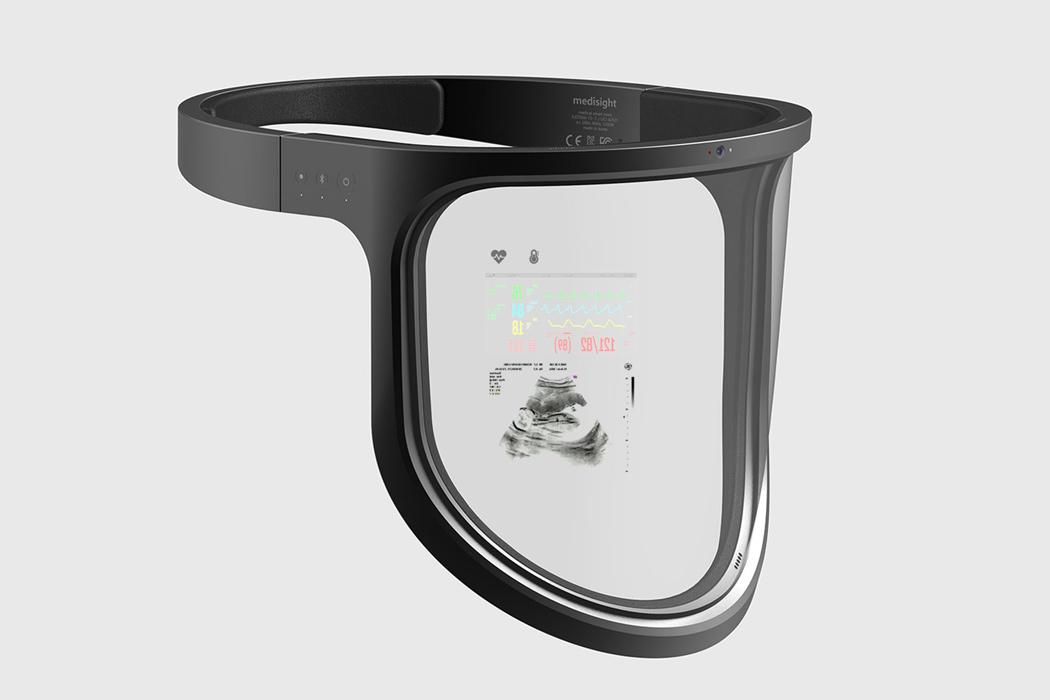
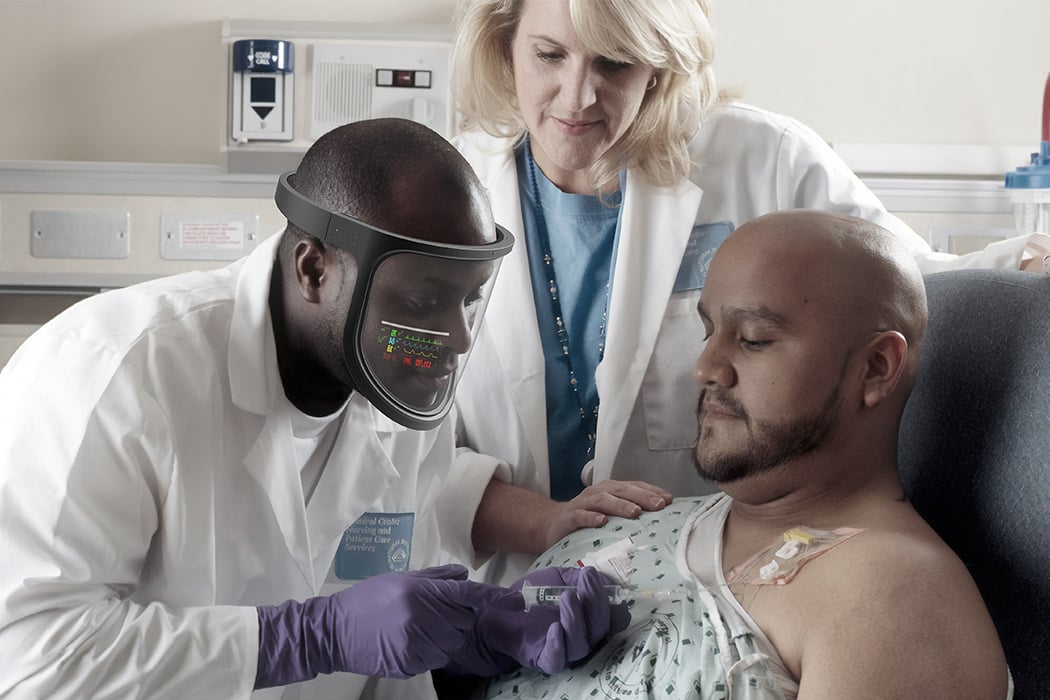
Unlike a standard surgical mask, this product allows for continual airflow behind the face cover, so the user isn’t trapped breathing the same stale air. For added comfort, the Medisight’s frame wraps around the head, staying secure with minimal face contact. The clear shield also lets patients see the user’s face, helping them form a more personal connection. It is also helpful for hearing-impaired individuals, who may rely on reading lips to communicate. The most unique feature of the Medisight face shield is the embedded smart display, which presents the patient’s medical information in real-time. Equipped with a real-time black box camera for live recording and transfer of information, this shield can potentially transform the way doctors communicate in a situation – by consulting with specialists who can view the patient and confer/relay instructions without delaying any precious time. Instead of reading off a physical chart, a medical staffer can simply read the information on the glass
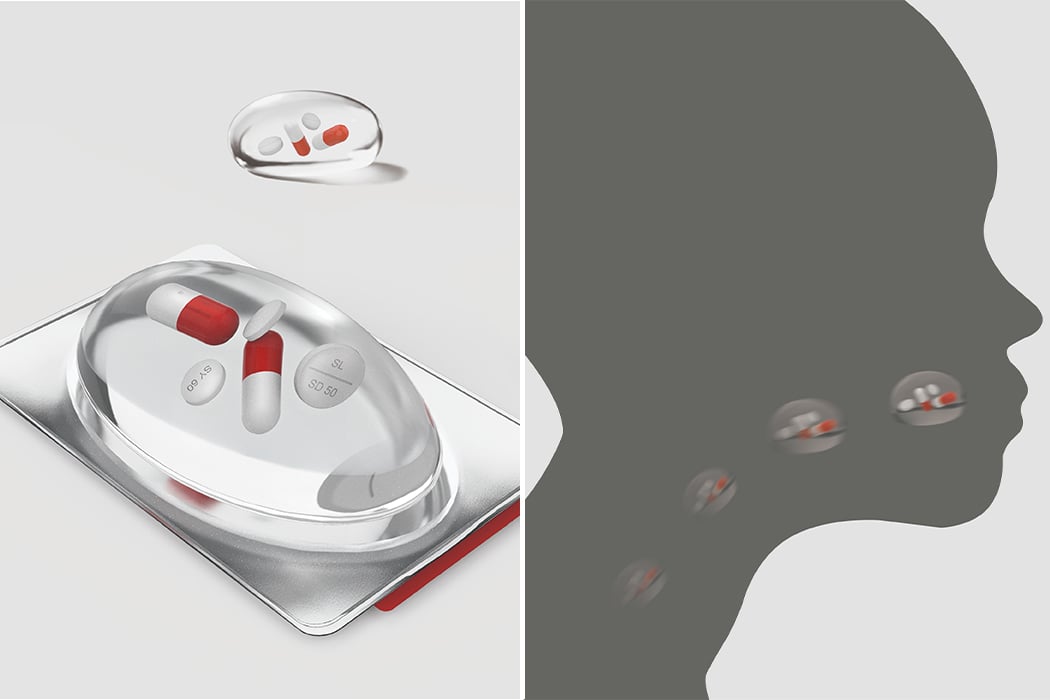
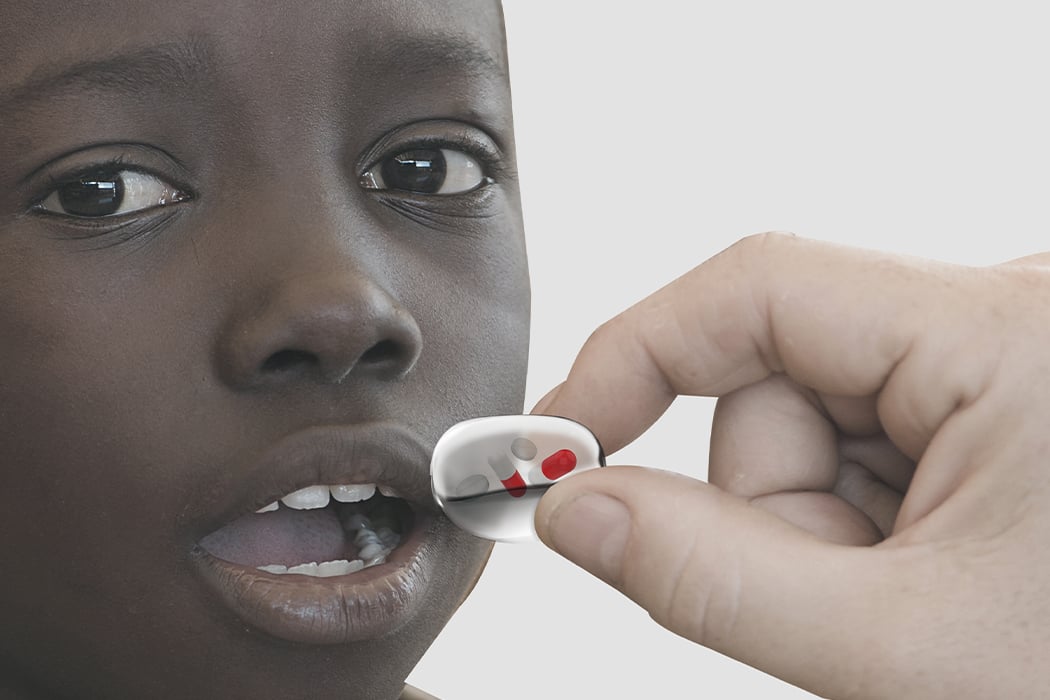
Not only does this medicine design make swallowing easier, but it also addresses the larger problem of access to clean water in poorer countries. Since drinking water is a problem, even if medicines are available, it is harmful to people to be taking them with contaminated water. This innovative jelly medicine is created to be water-free so people don’t have to pick between curing themselves or adding on to existing health risks. The jelly is the same size as a sip of water so the patient wont need to drink anything when taking the medicine. “Poor hygiene and poor water quality are causes of many diseases, including cholera and typhoid fever. When taking medicine in such conditions, there is a risk of acquiring additional illness if the medication is taken with unsanitary water. Jelly medicine eliminates this hygienic problem because it can be easily swallowed without water,” says the designer.
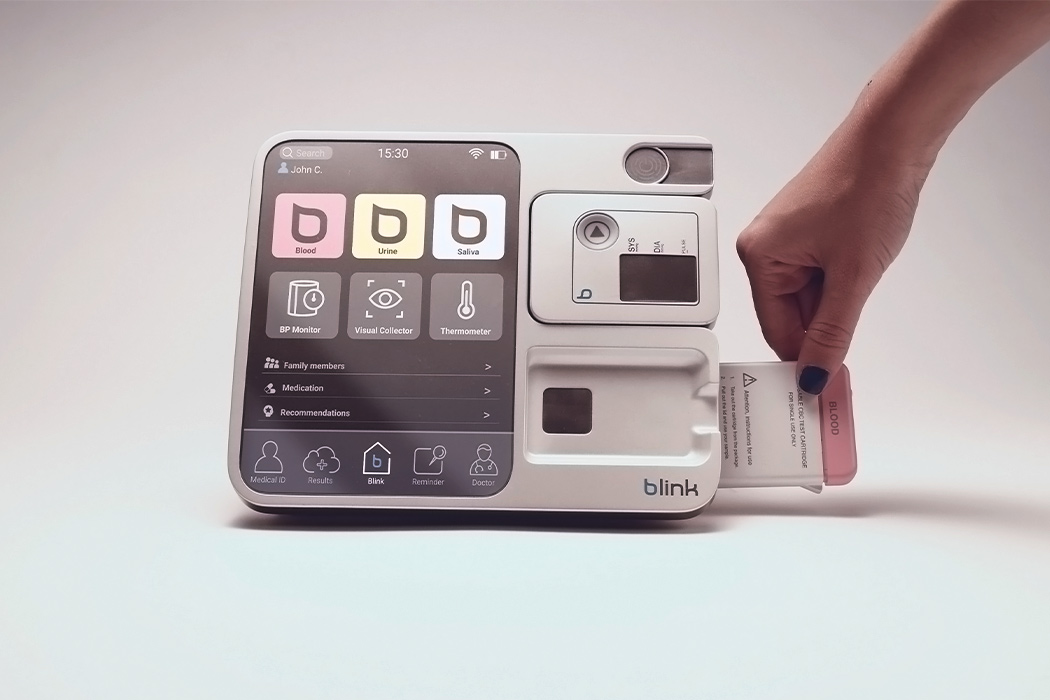
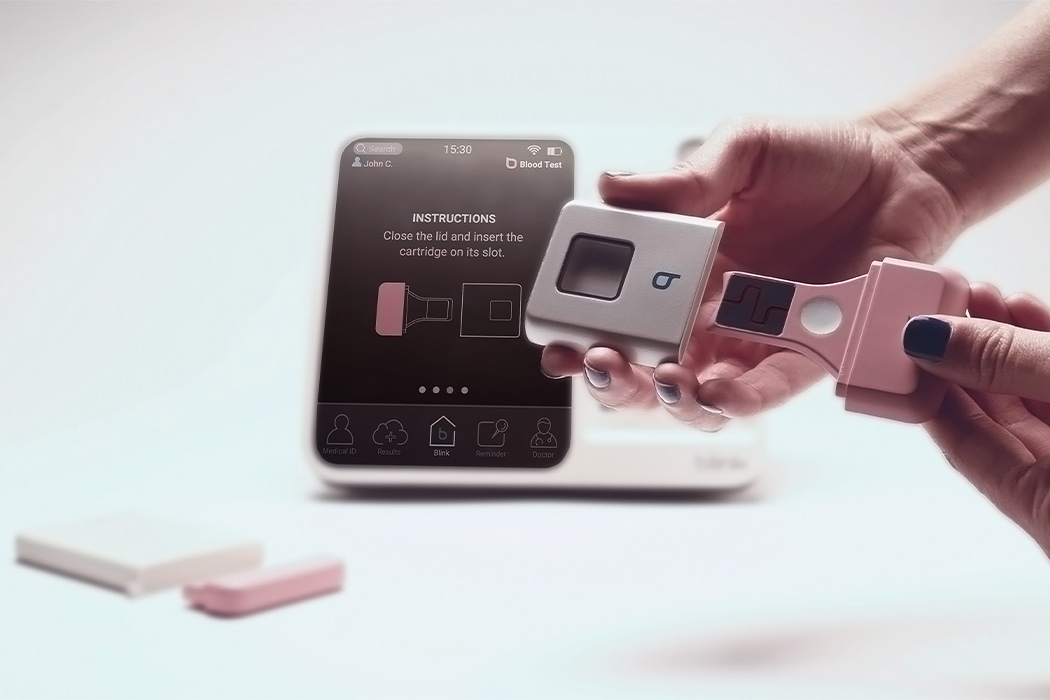
Blink is yet another smart medical device created by designers who were influenced by our current situation. It is compact and was made to be used at home, it can perform basic medical tests and report on your vital signs. The user is guided through steps to measure their blood pressure, body temperature, and even carry out basic blood, urine, and saliva tests. Blink collects the data and reports it to a physician who sends his feedback – this not only reduces the risk of transmission (especially in a pandemic) but also is reassuring instead of anxiety induced by overthinking.
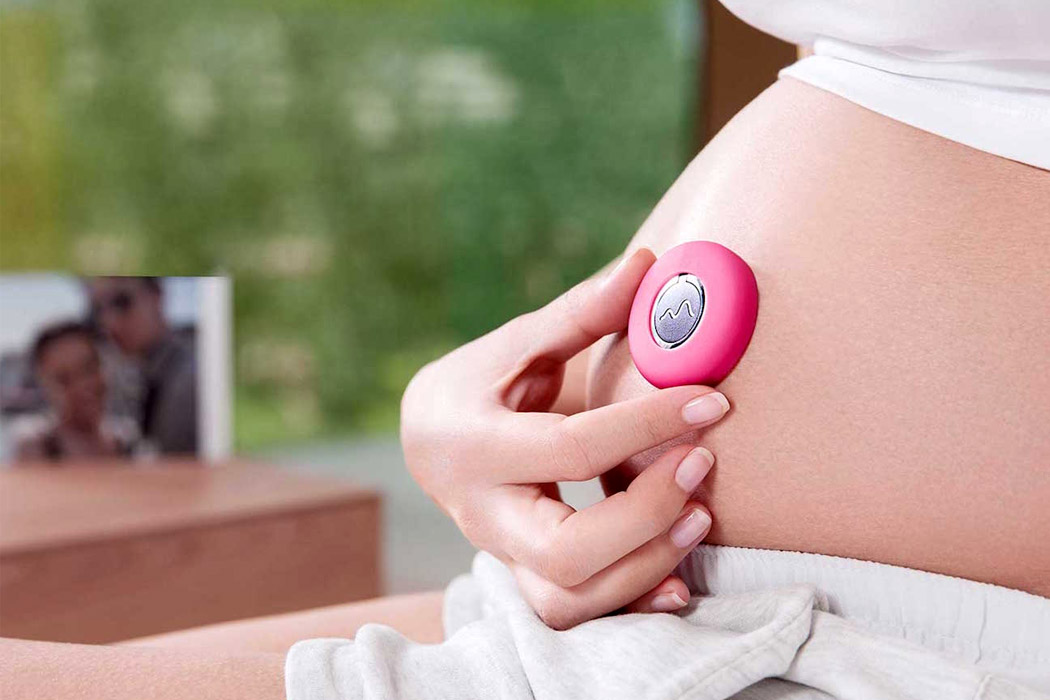
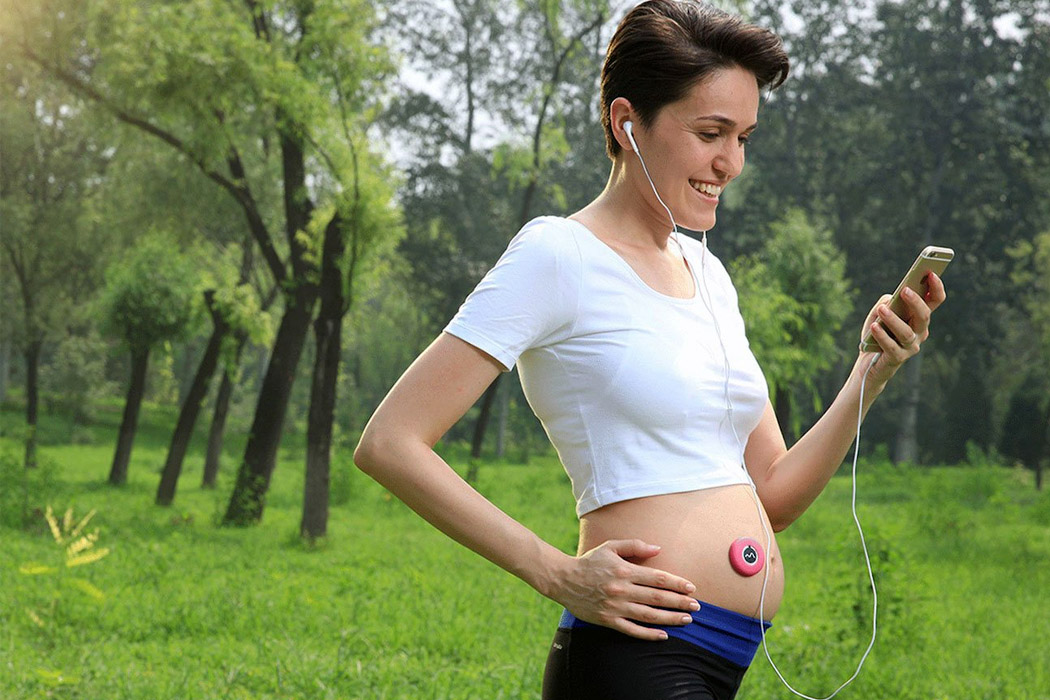
Modoo is the world’s smallest fetus monitoring patch! Created from stainless steel, and featuring a soft silicone casing and medical grade silicone paste, Modoo is worn on the mother’s belly, to record the fetus’ every movement. You can record and keep a track of the baby’s heartbeat, heart rate, its every kick and punch, basically all of its movements! Modoo not only monitors the baby but the mother as well. A range of smart sensors ensures that both the baby and mother are healthy and safe. You can also set little tasks for performing exercises, and get in touch with medical professionals and consult them! Modoo ensures that your entire pregnancy experience is safe, smooth, and hurdle free!
Check out more innovative and revolutionary medical innovations with more posts of this series!

